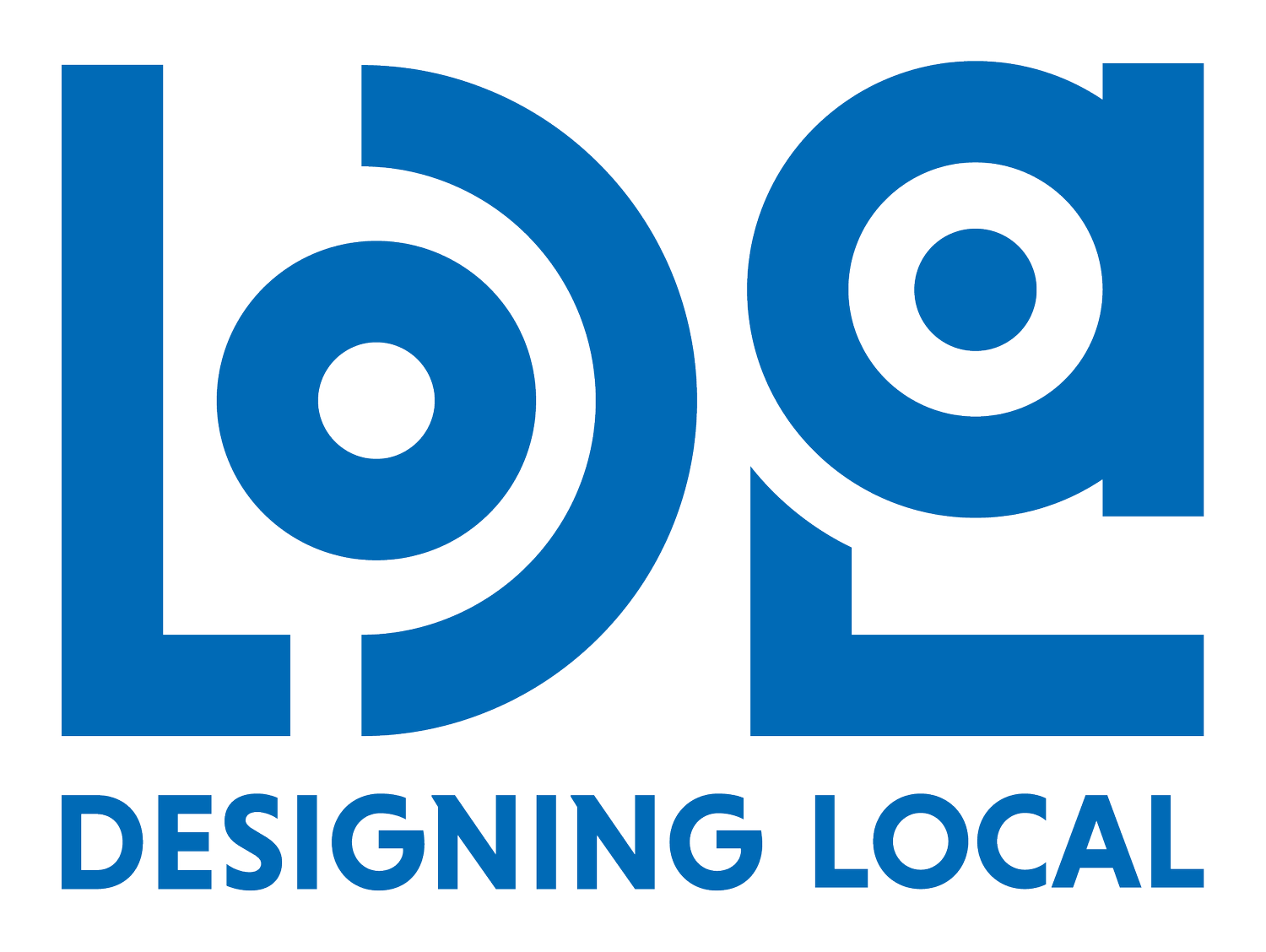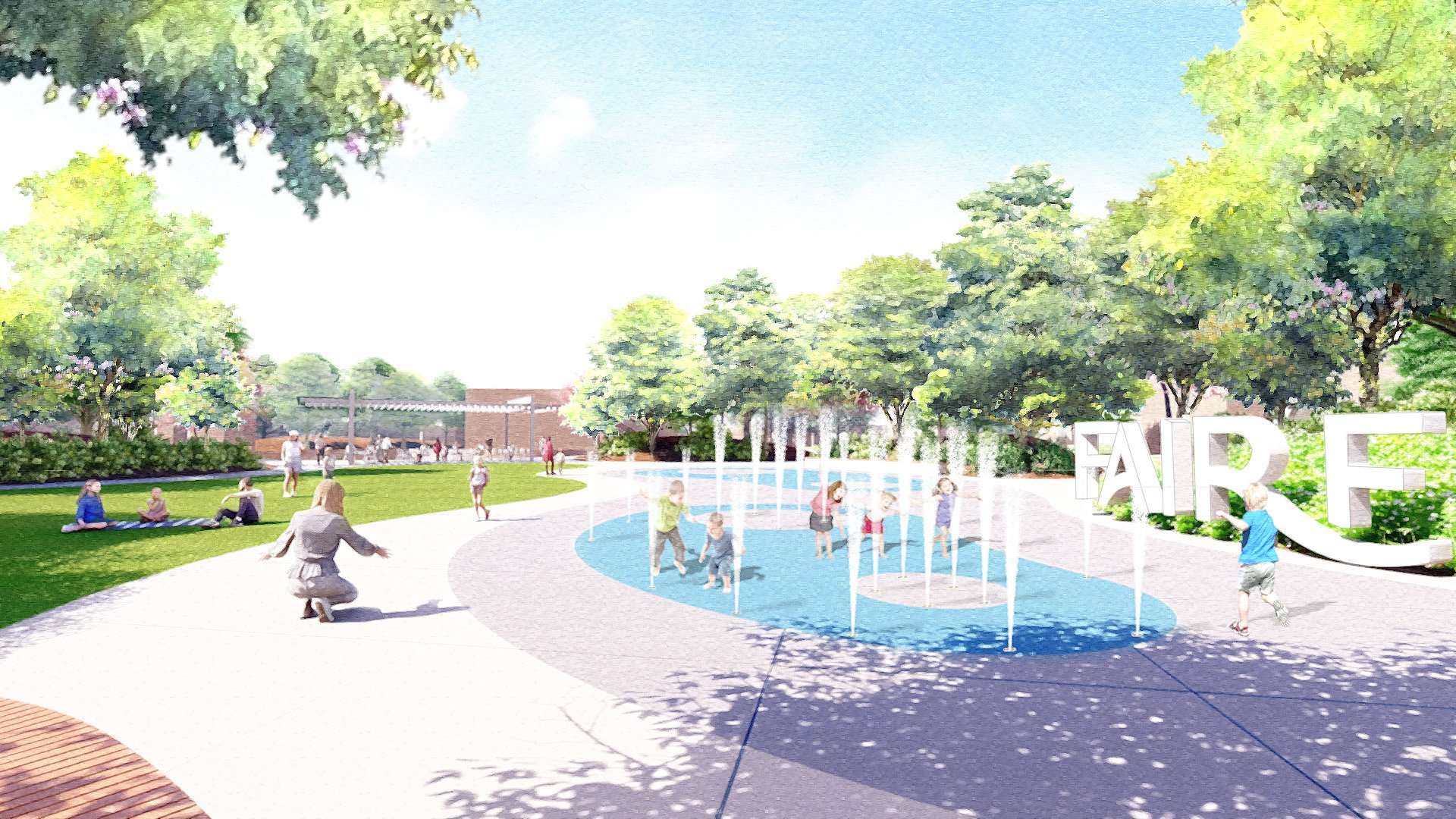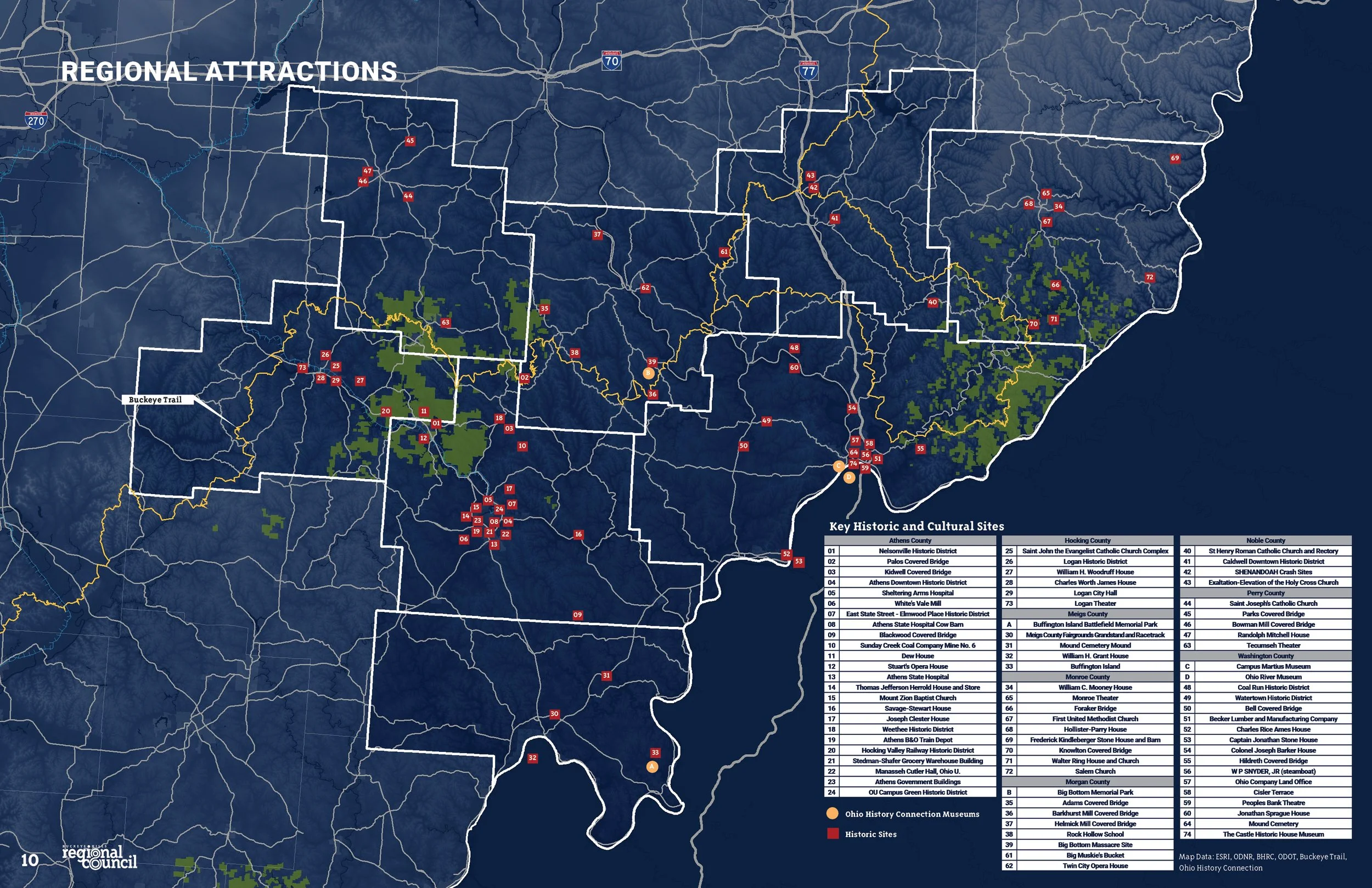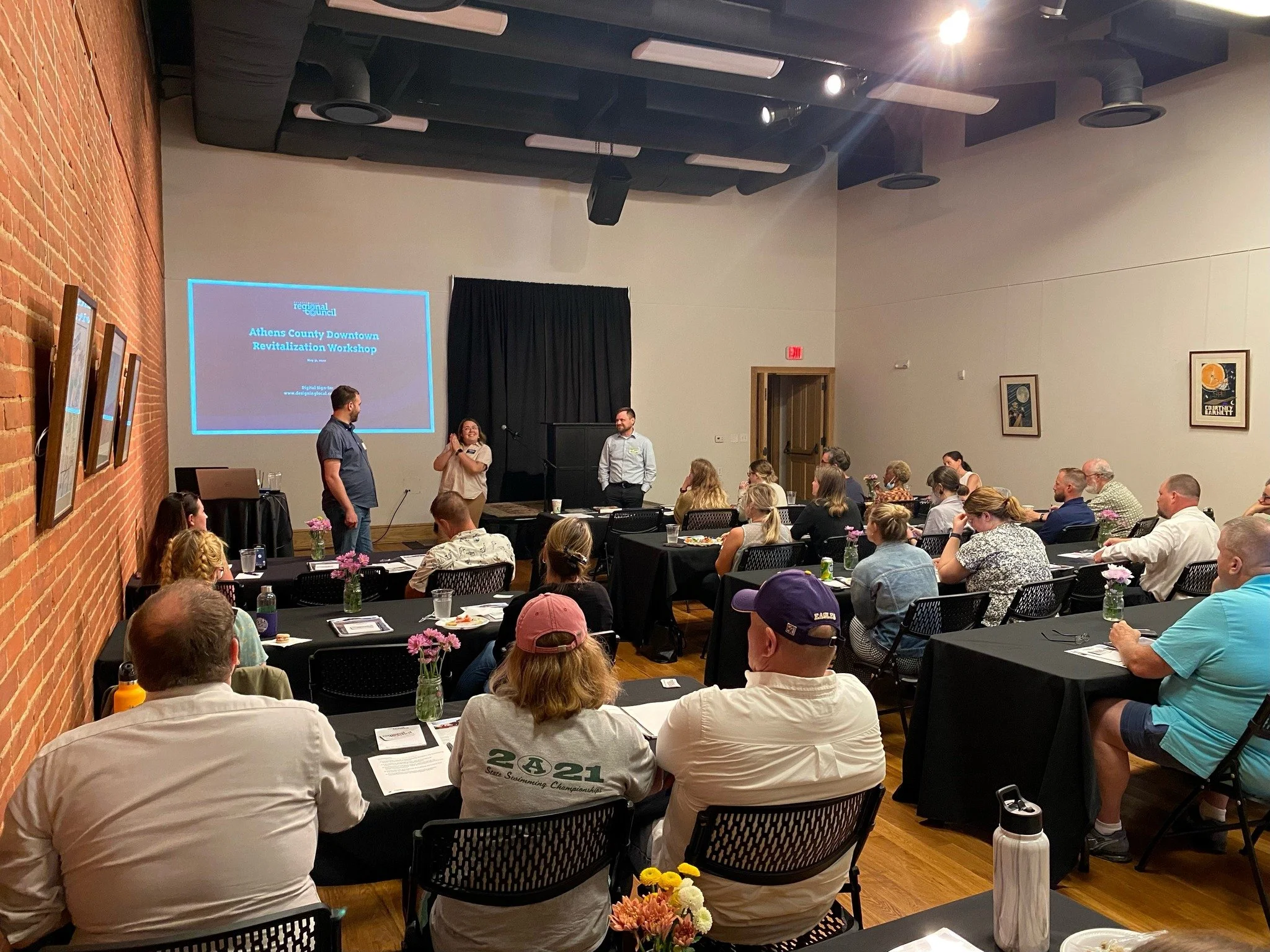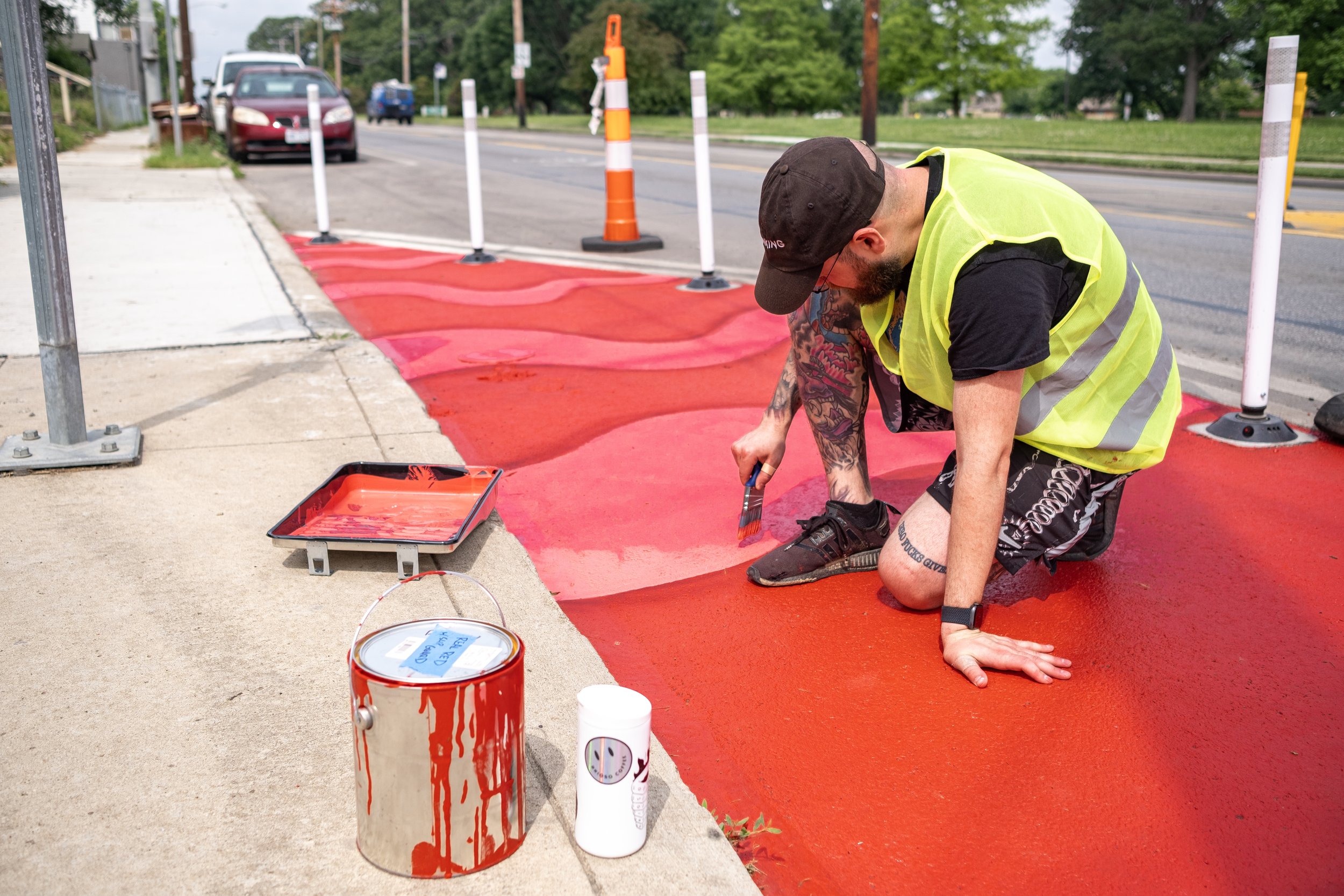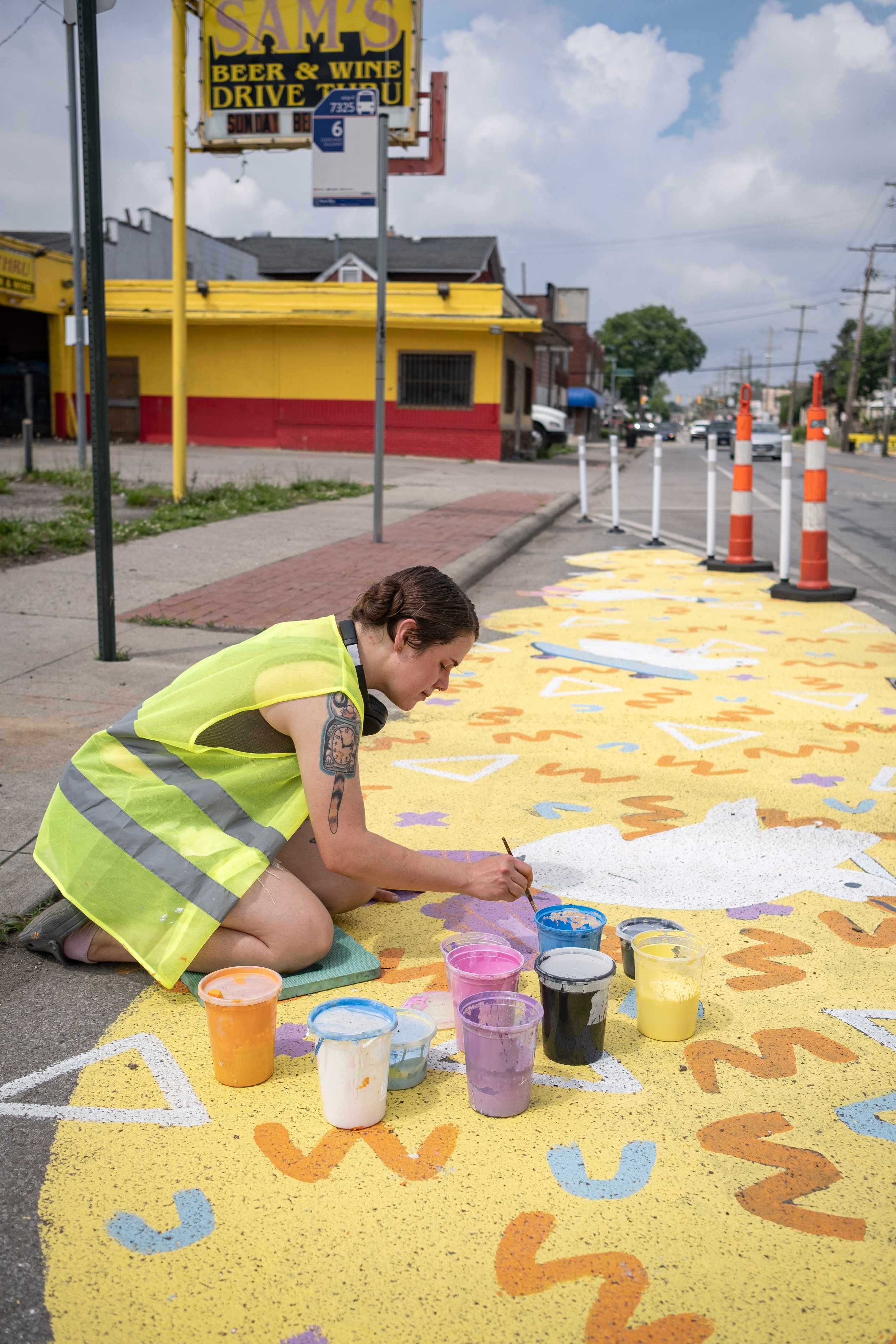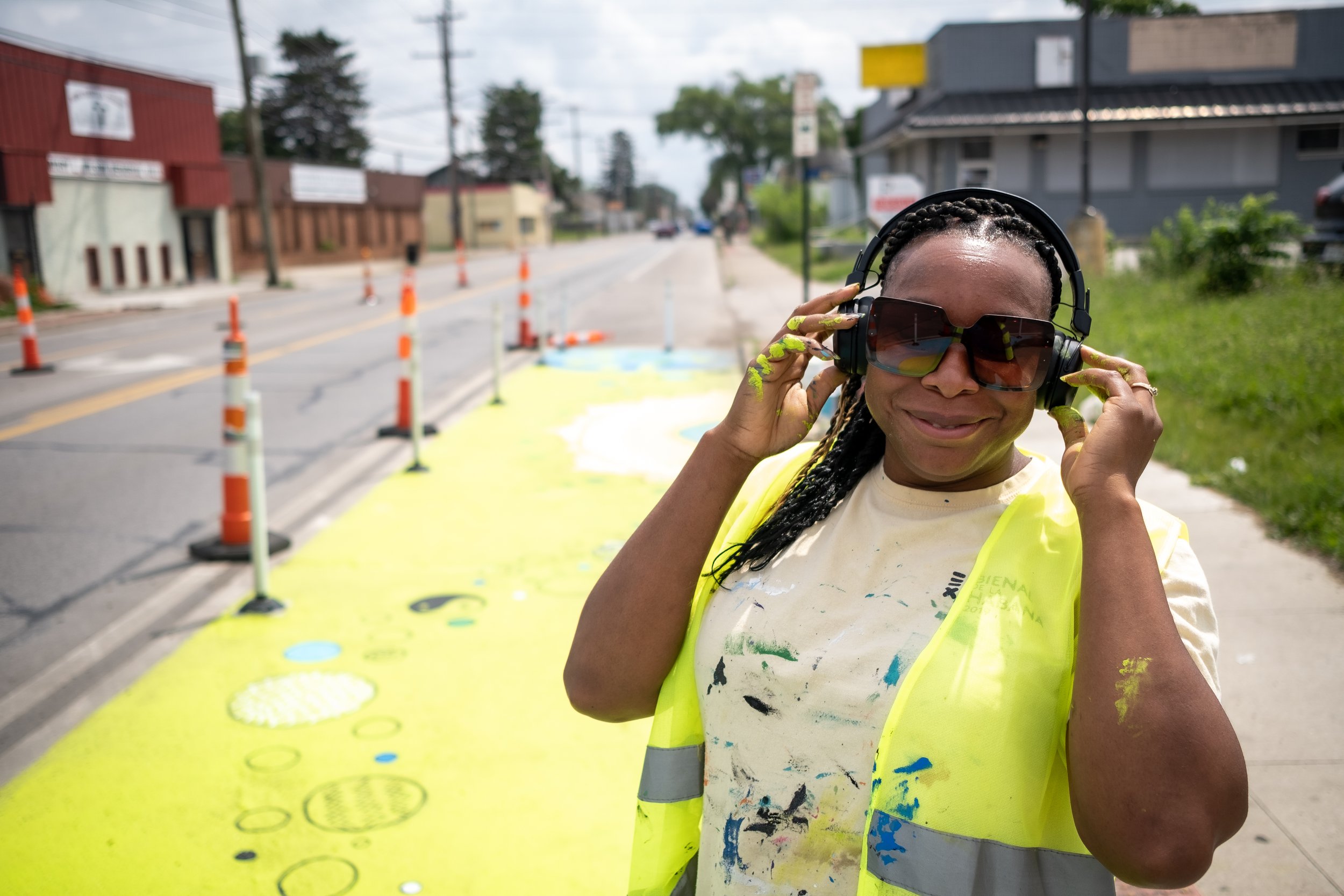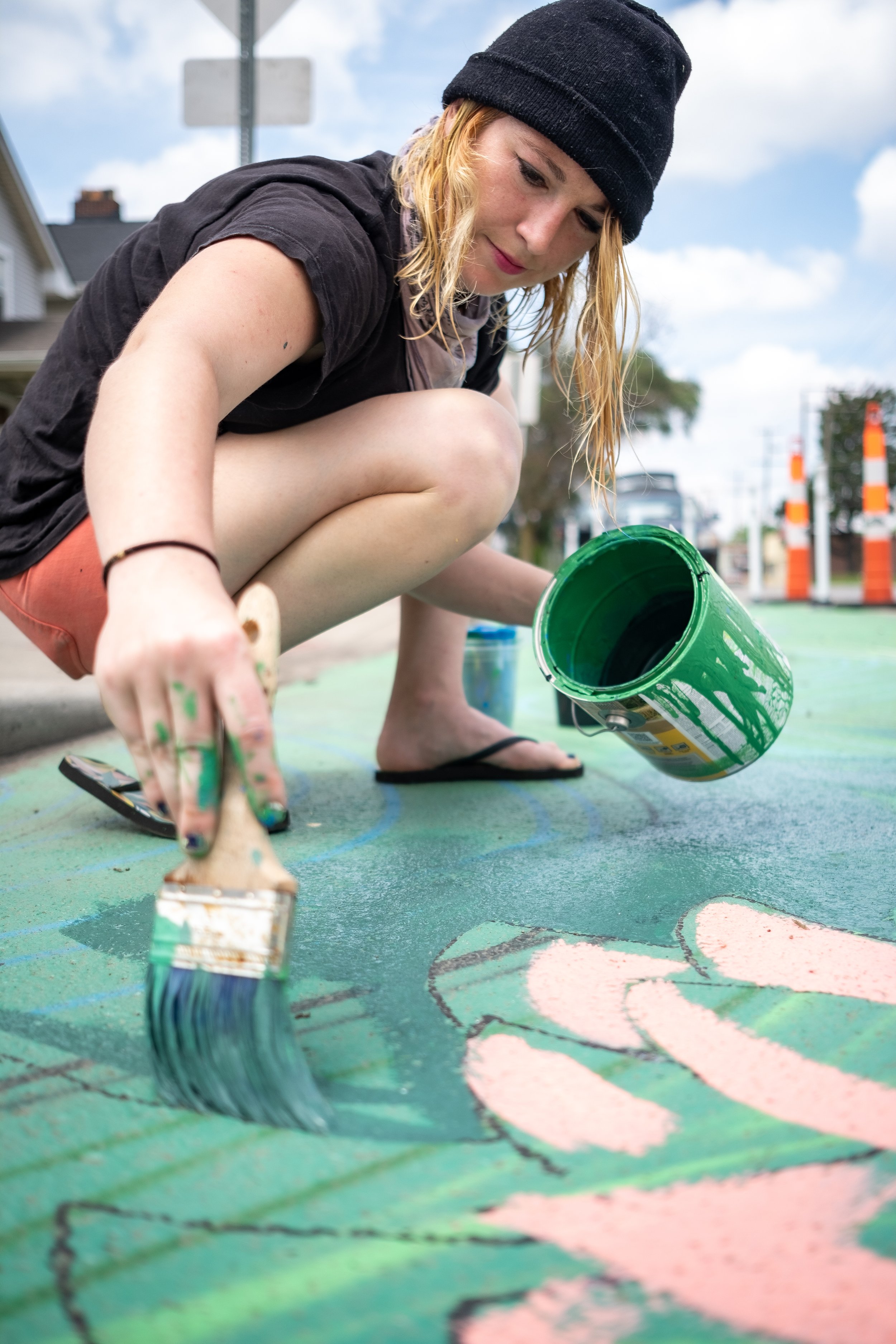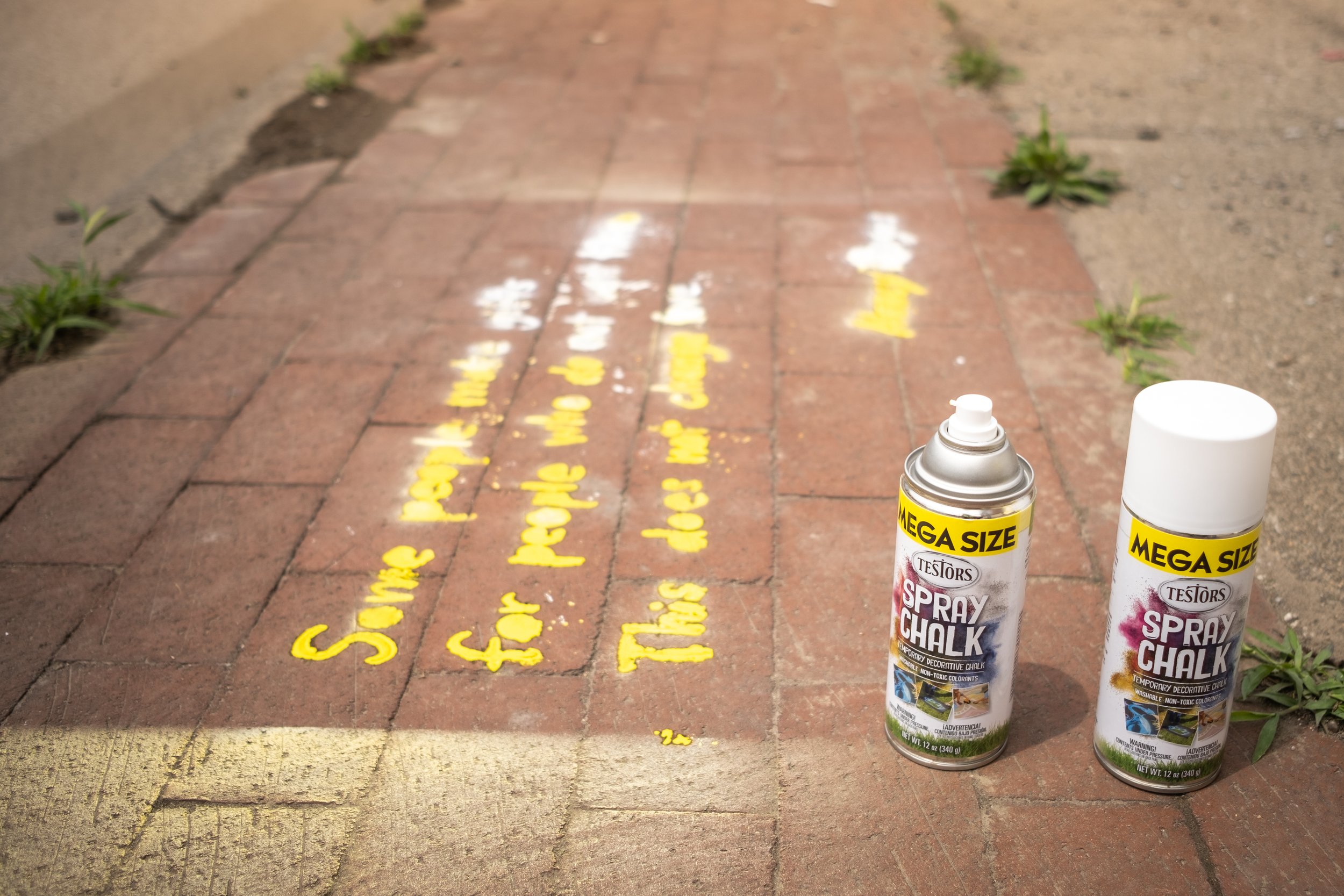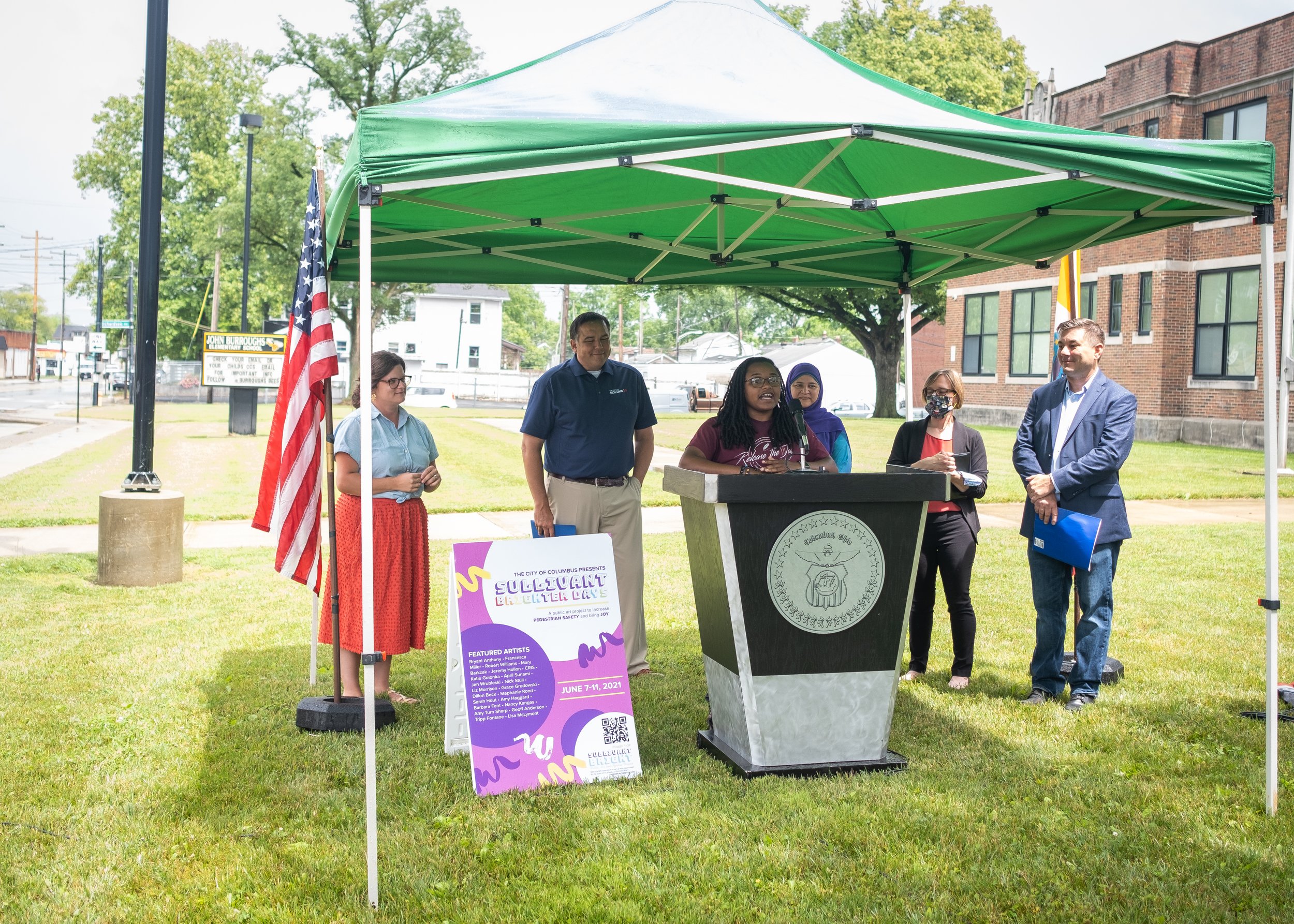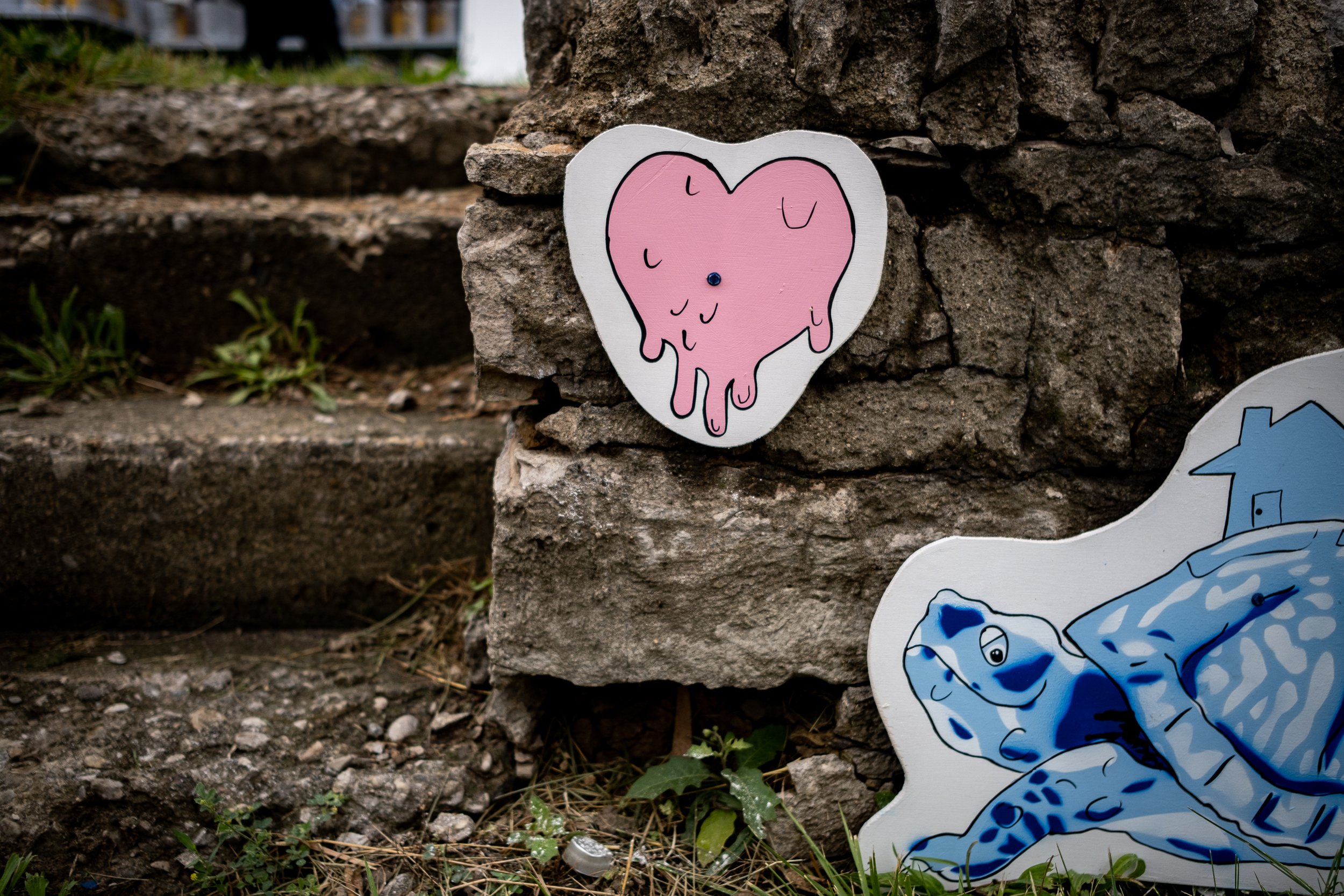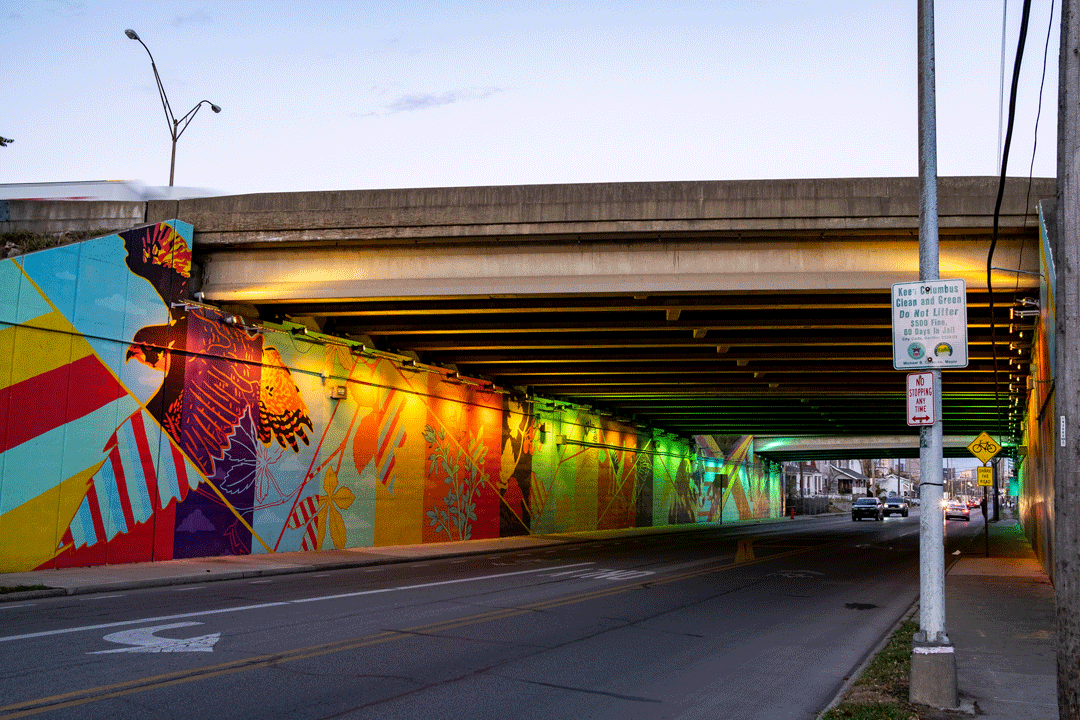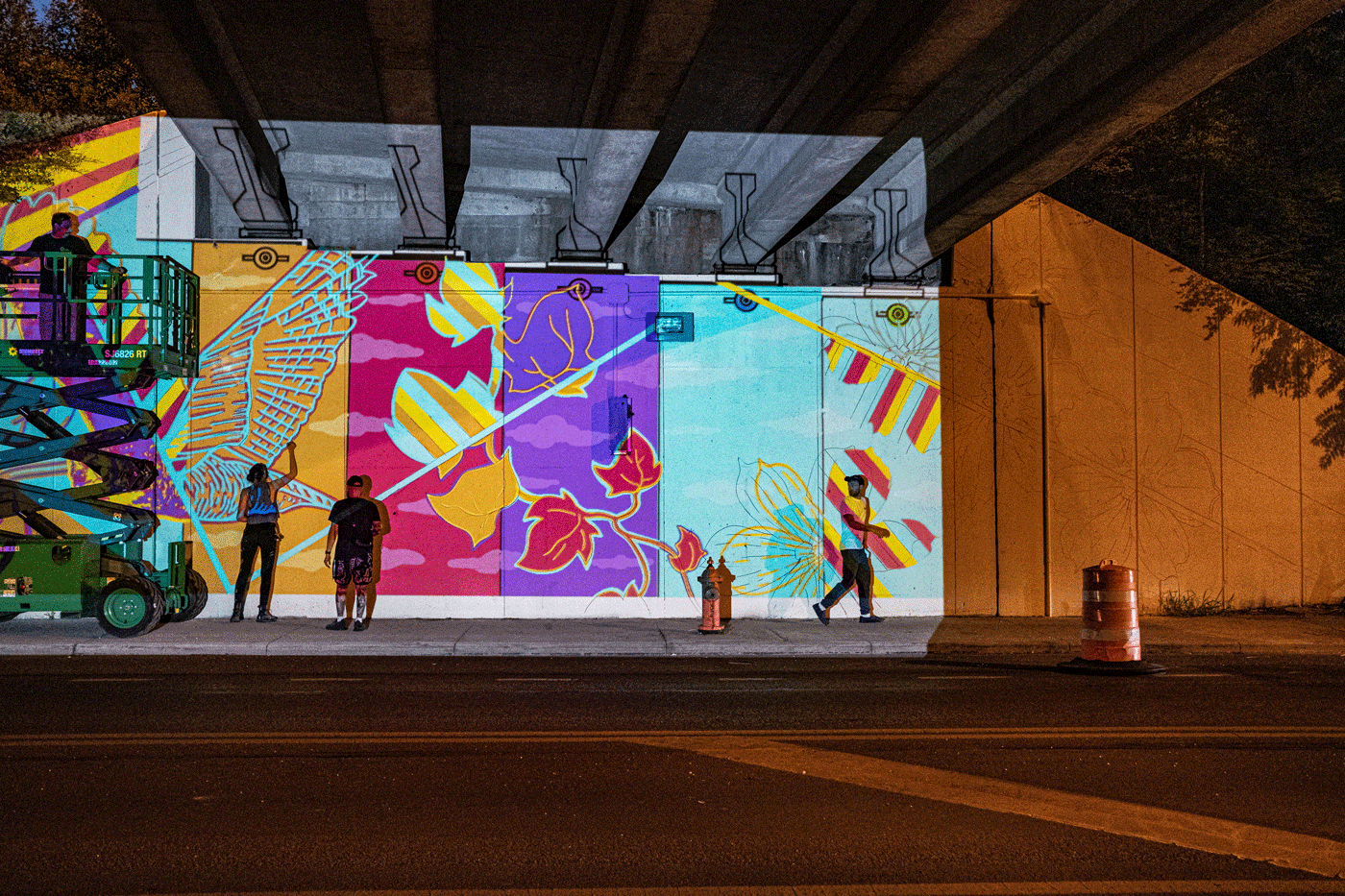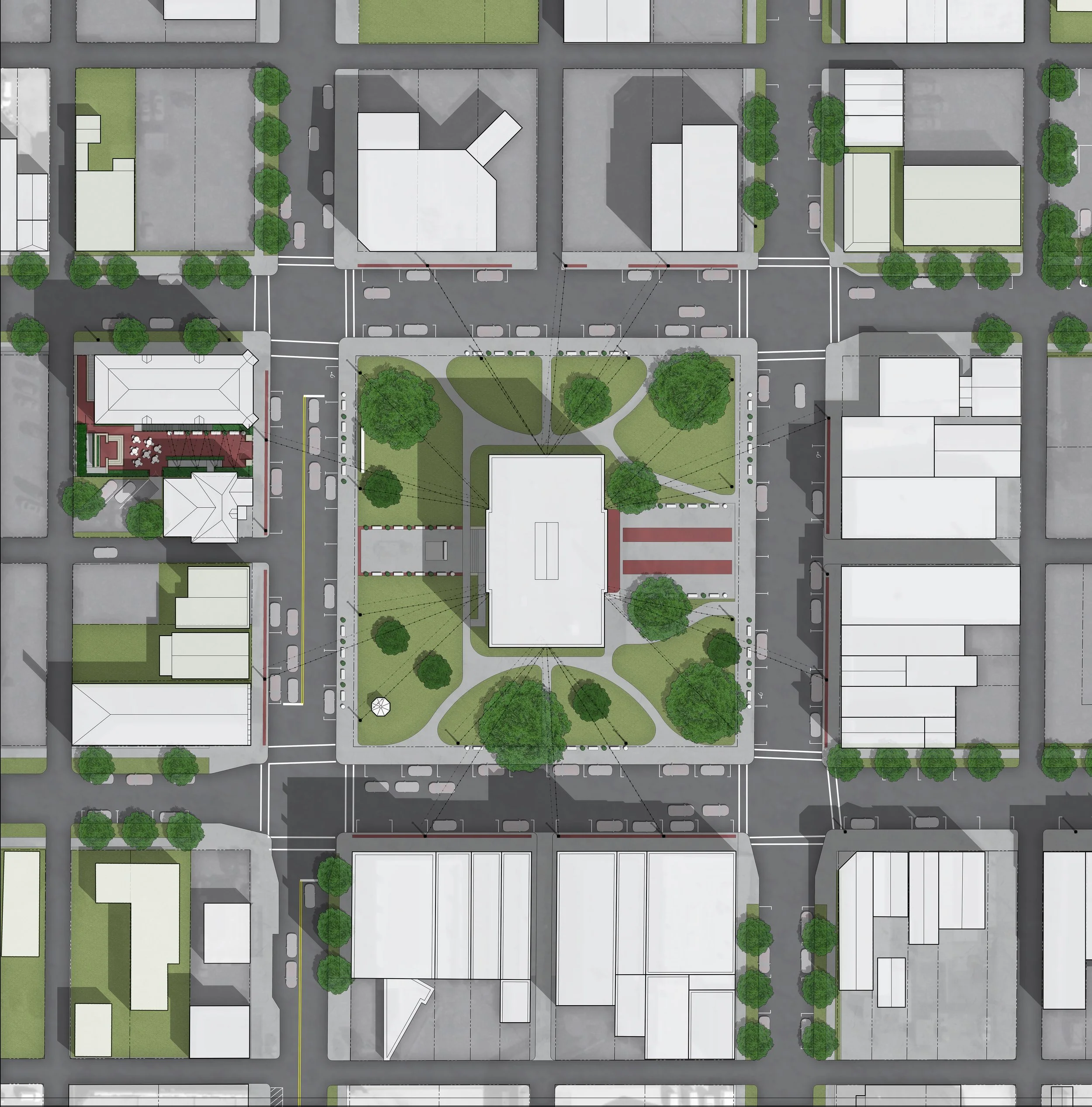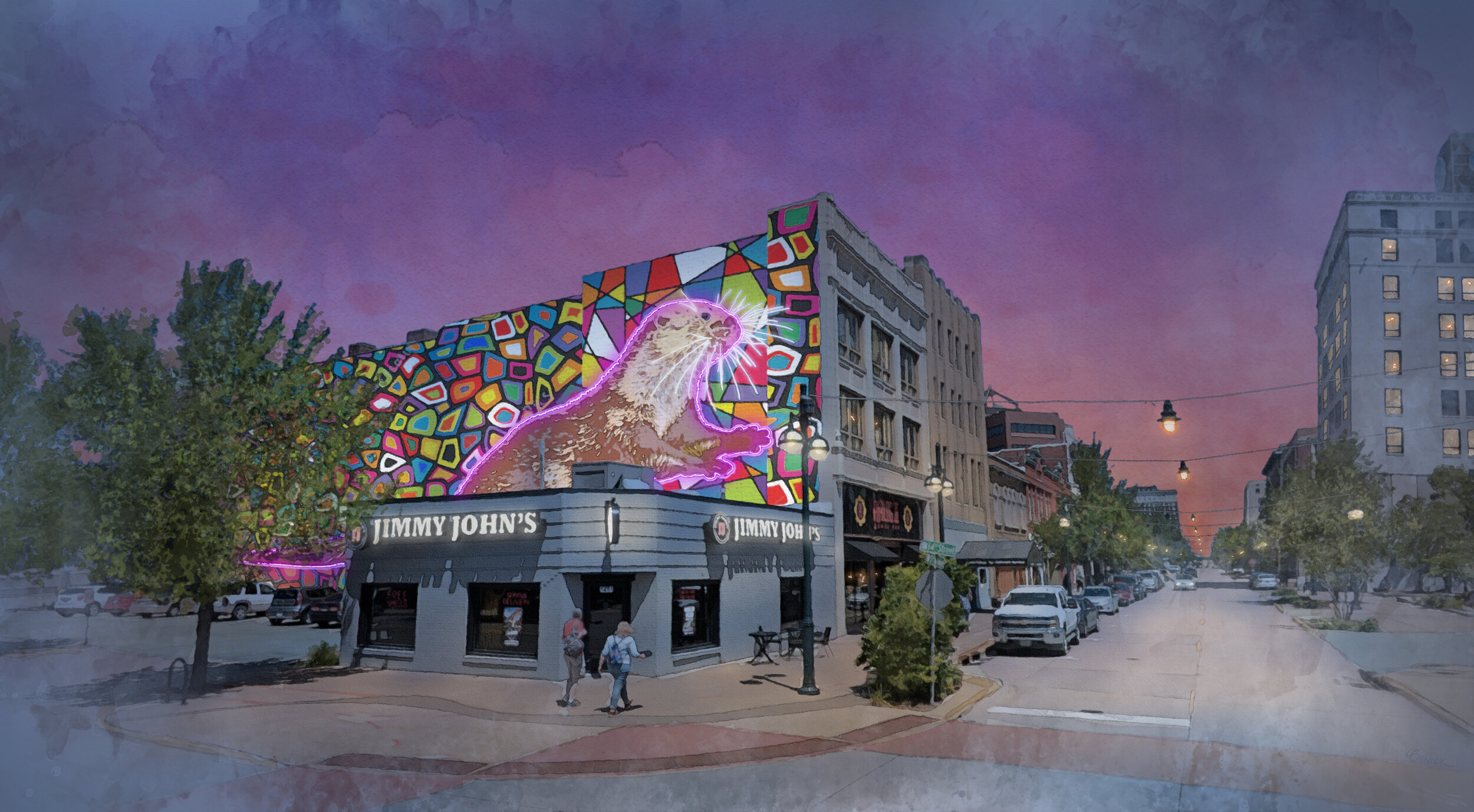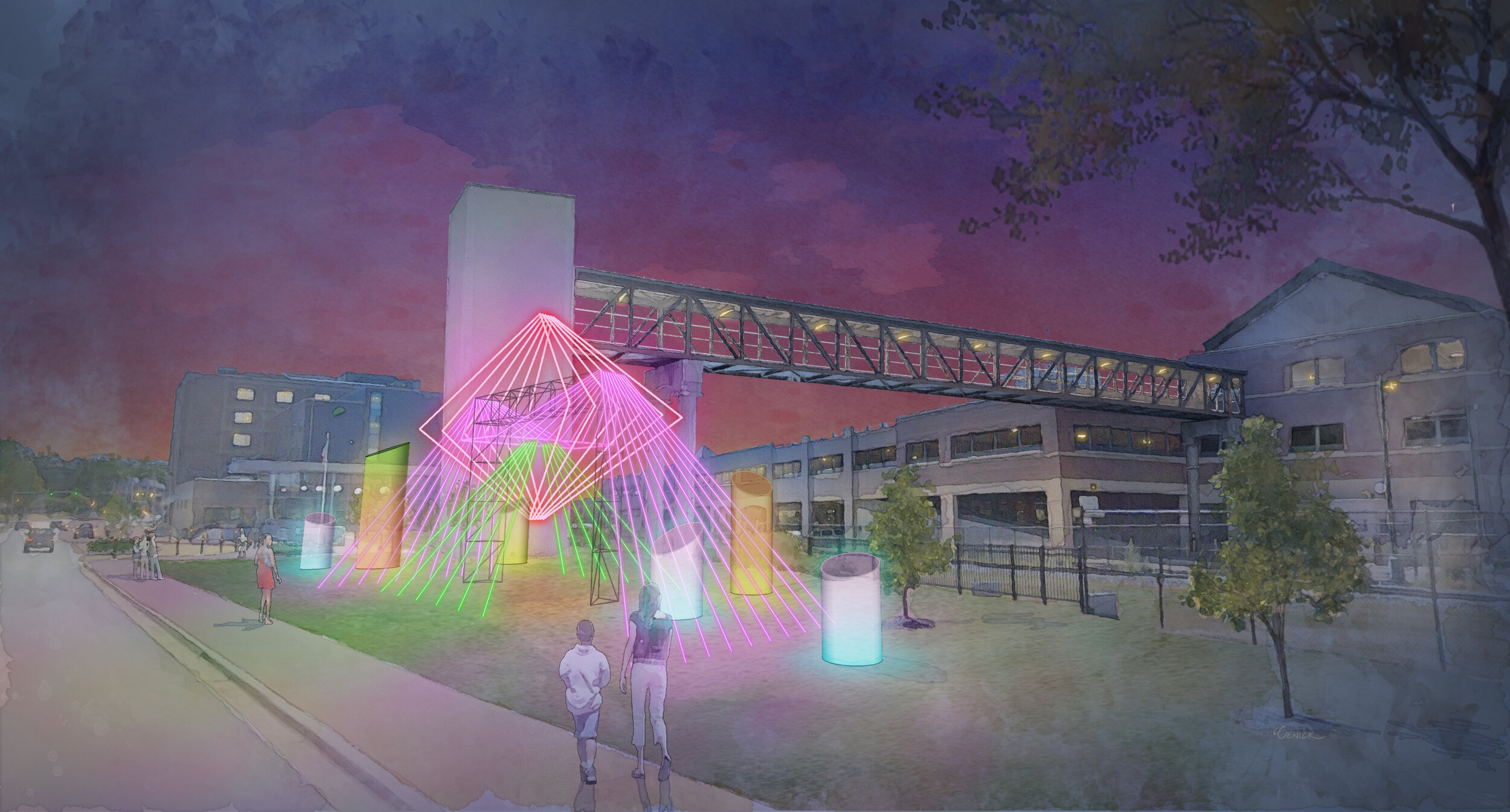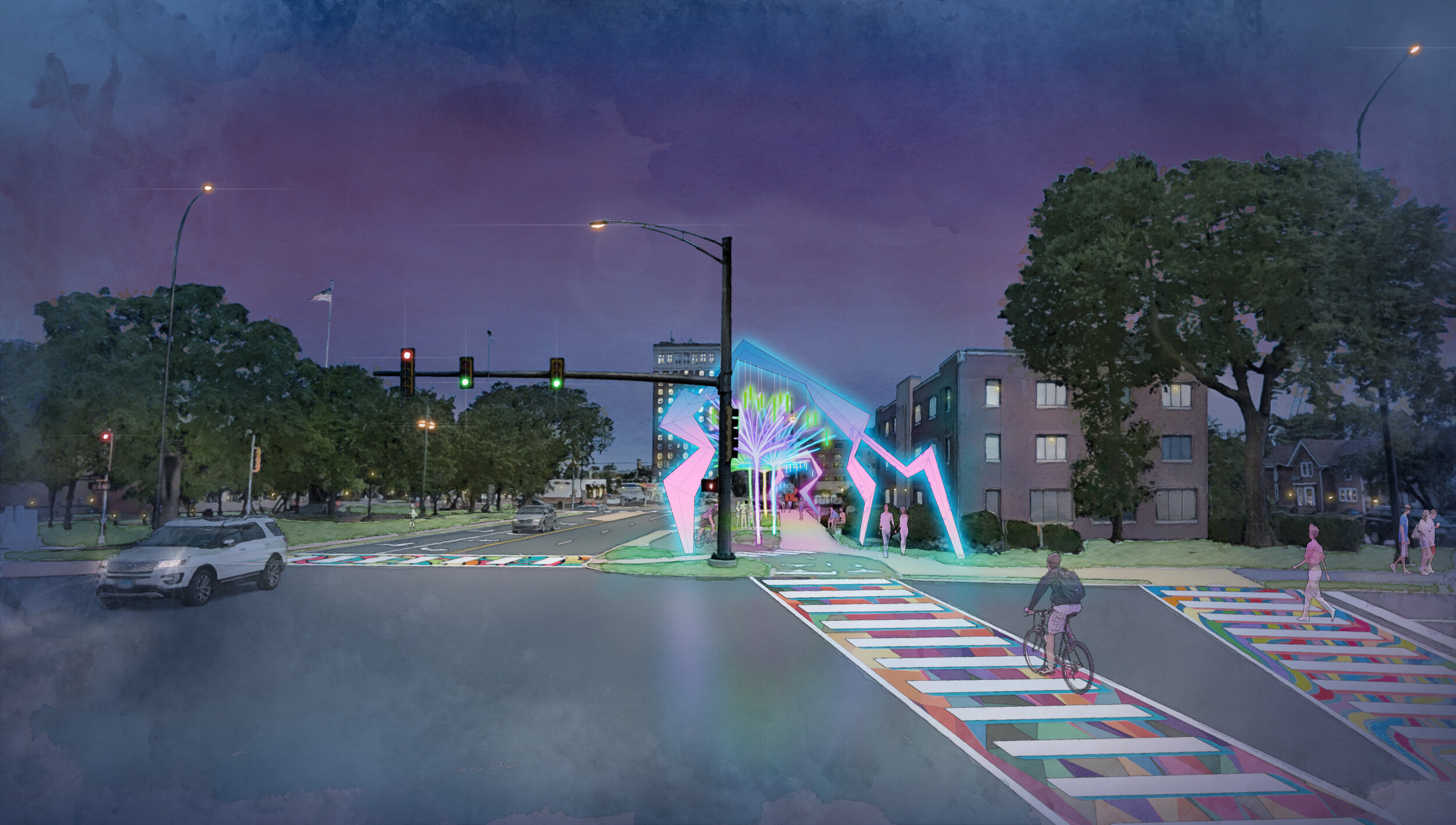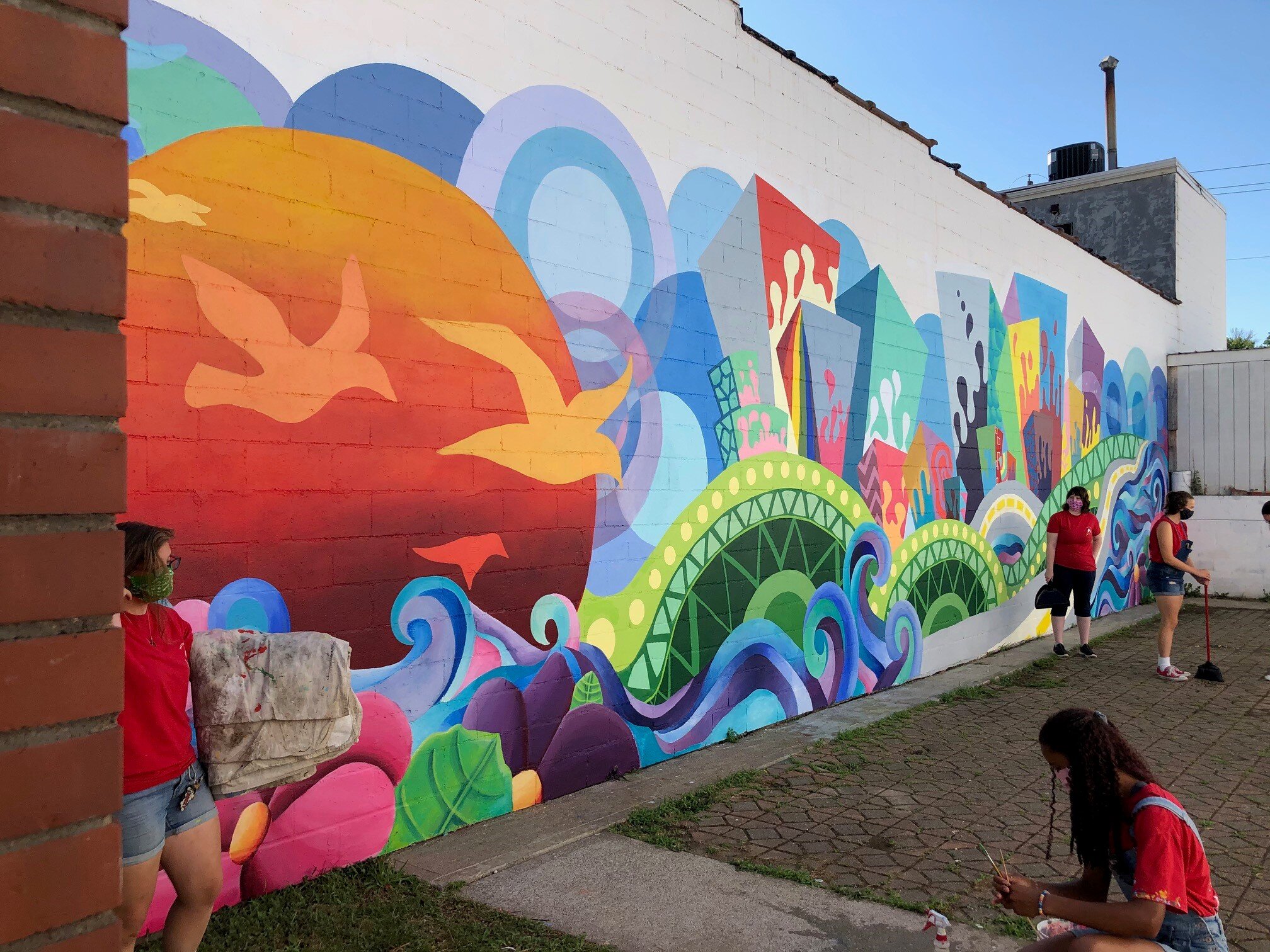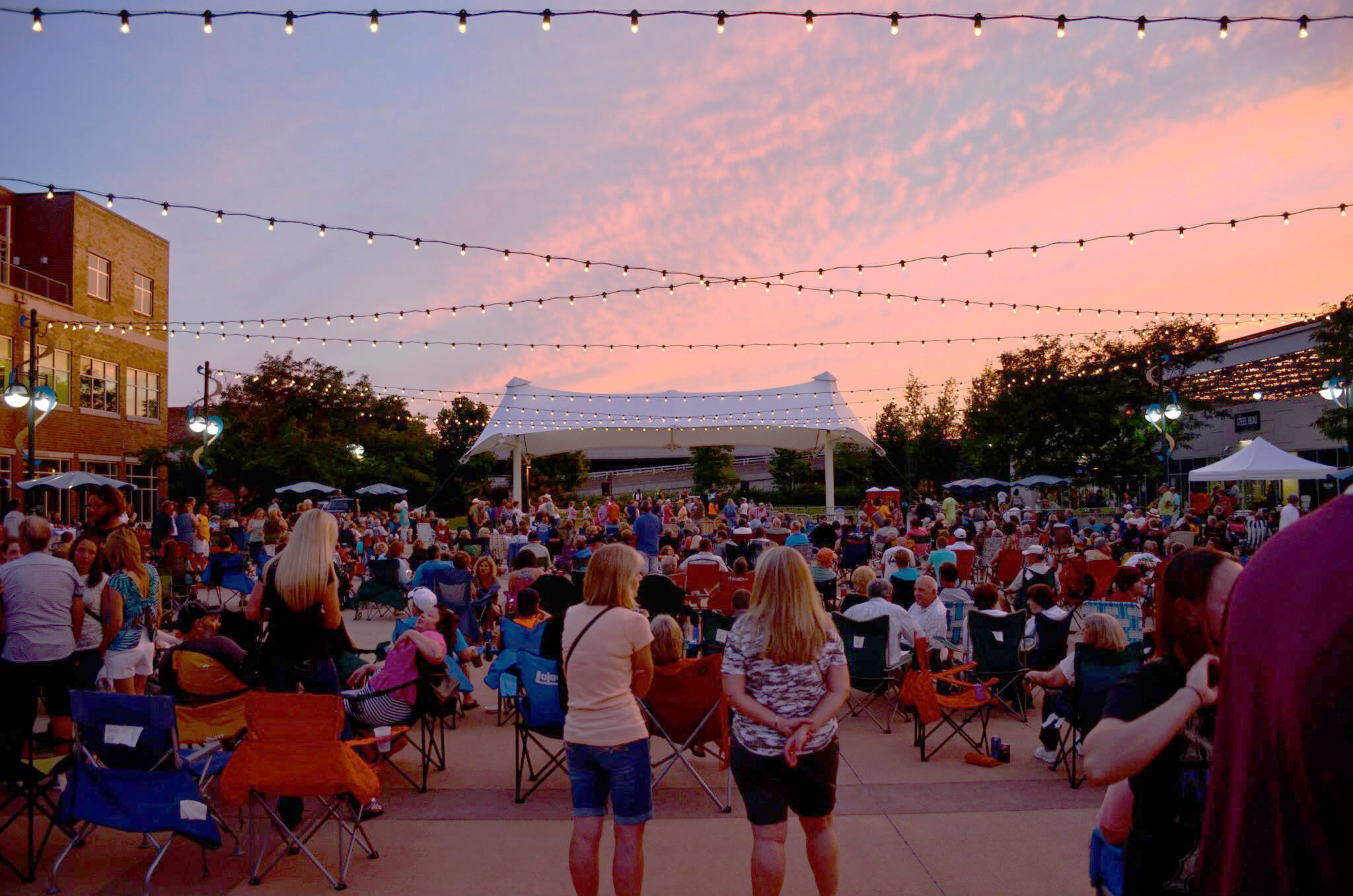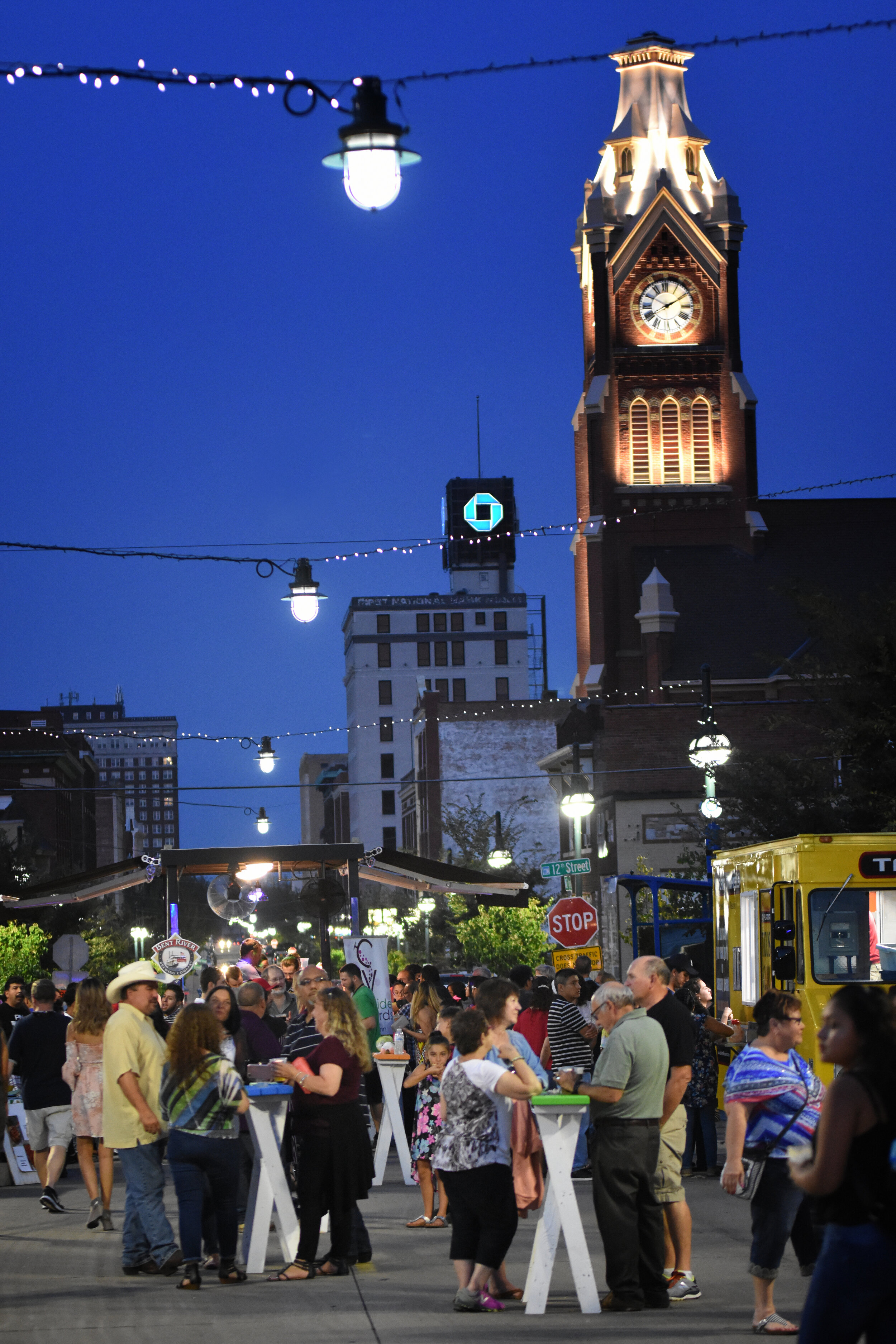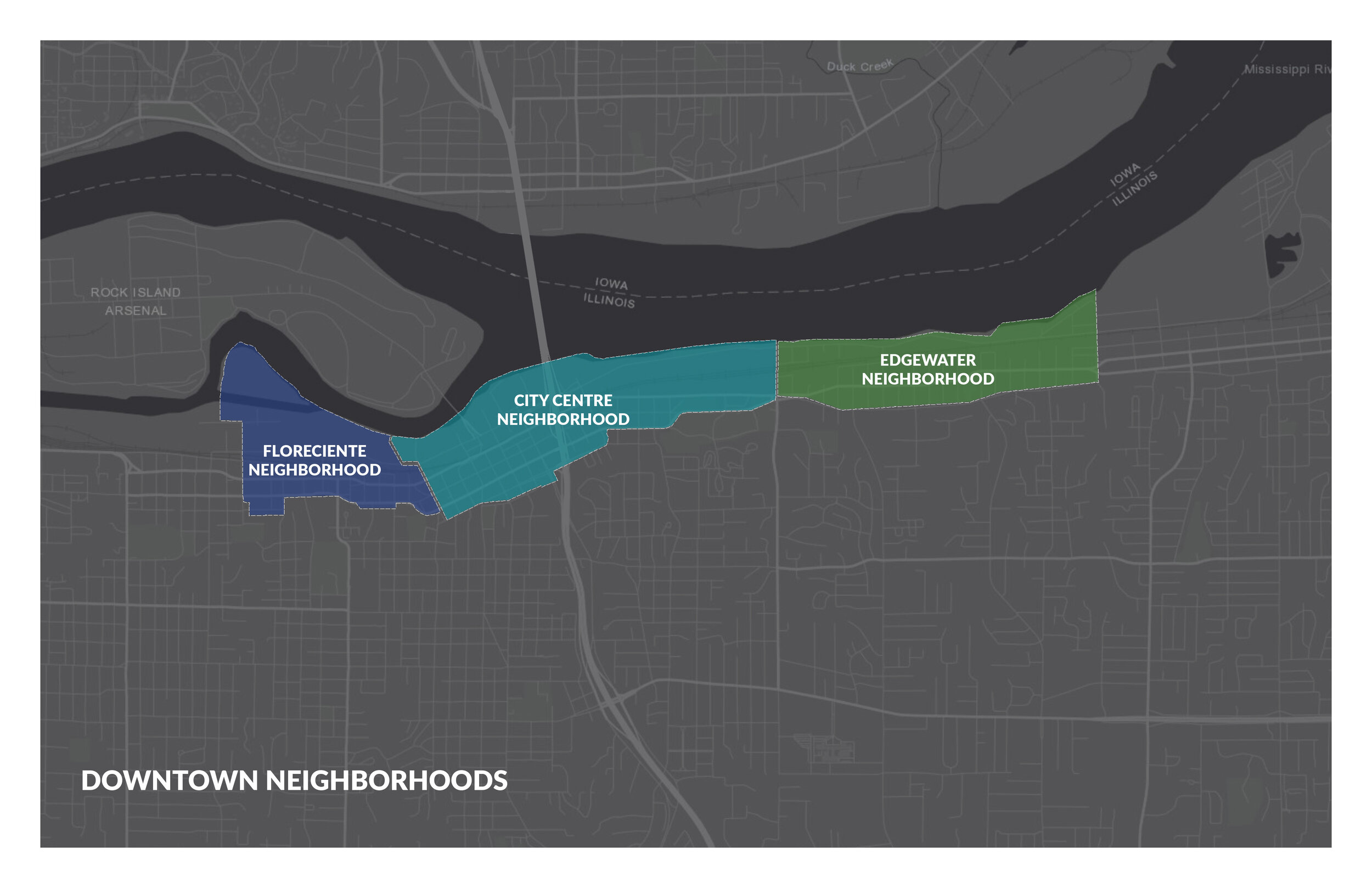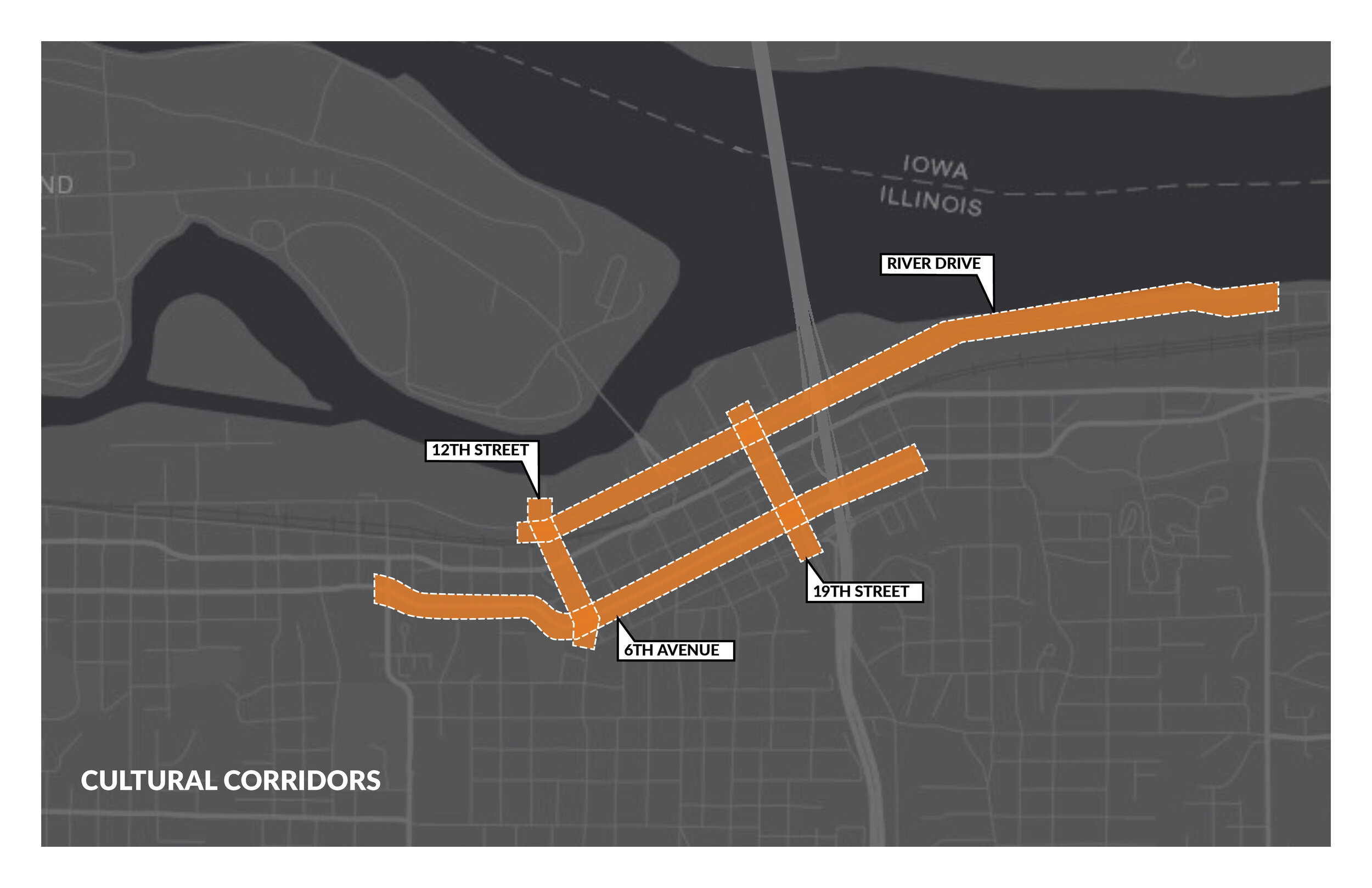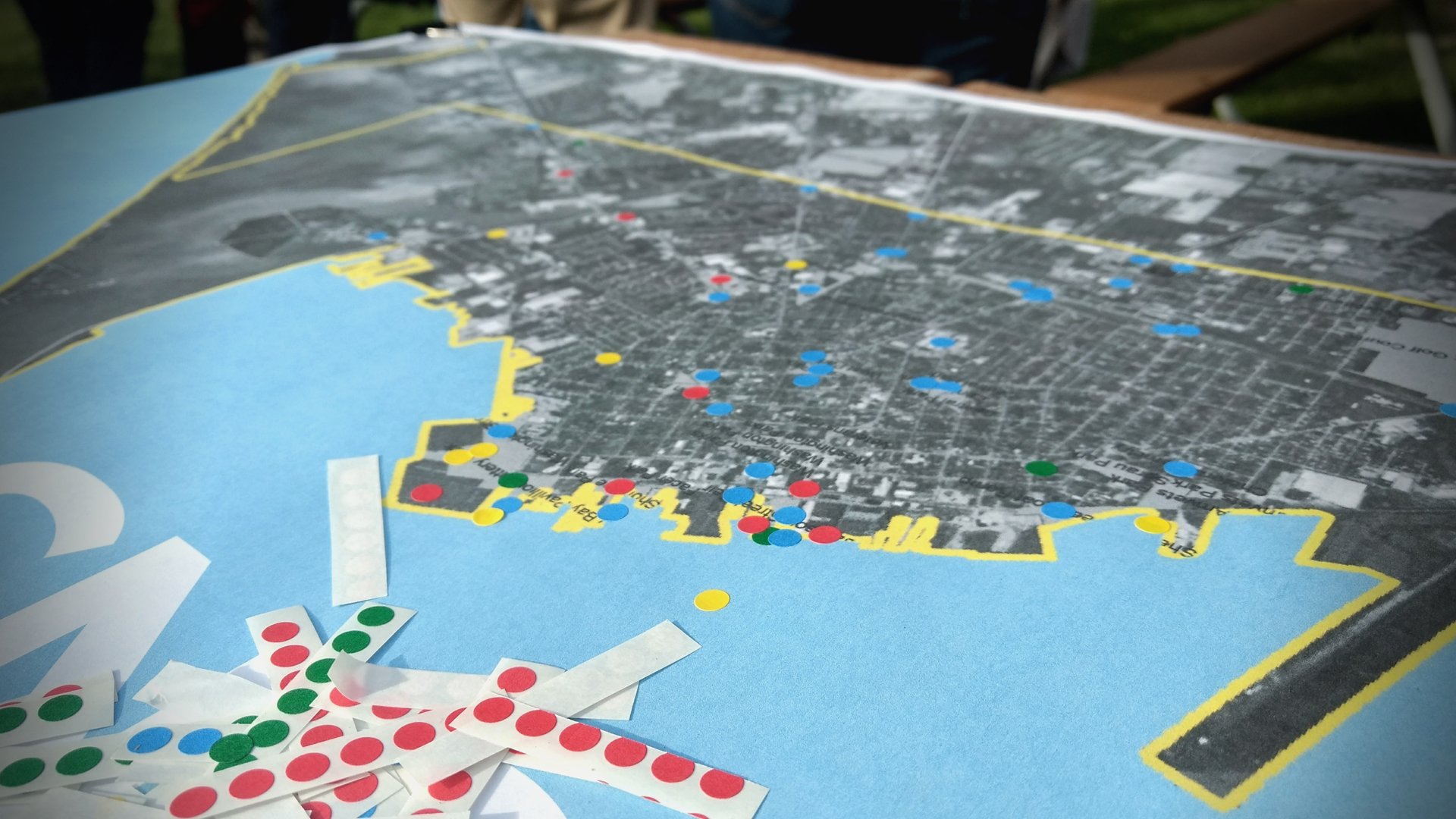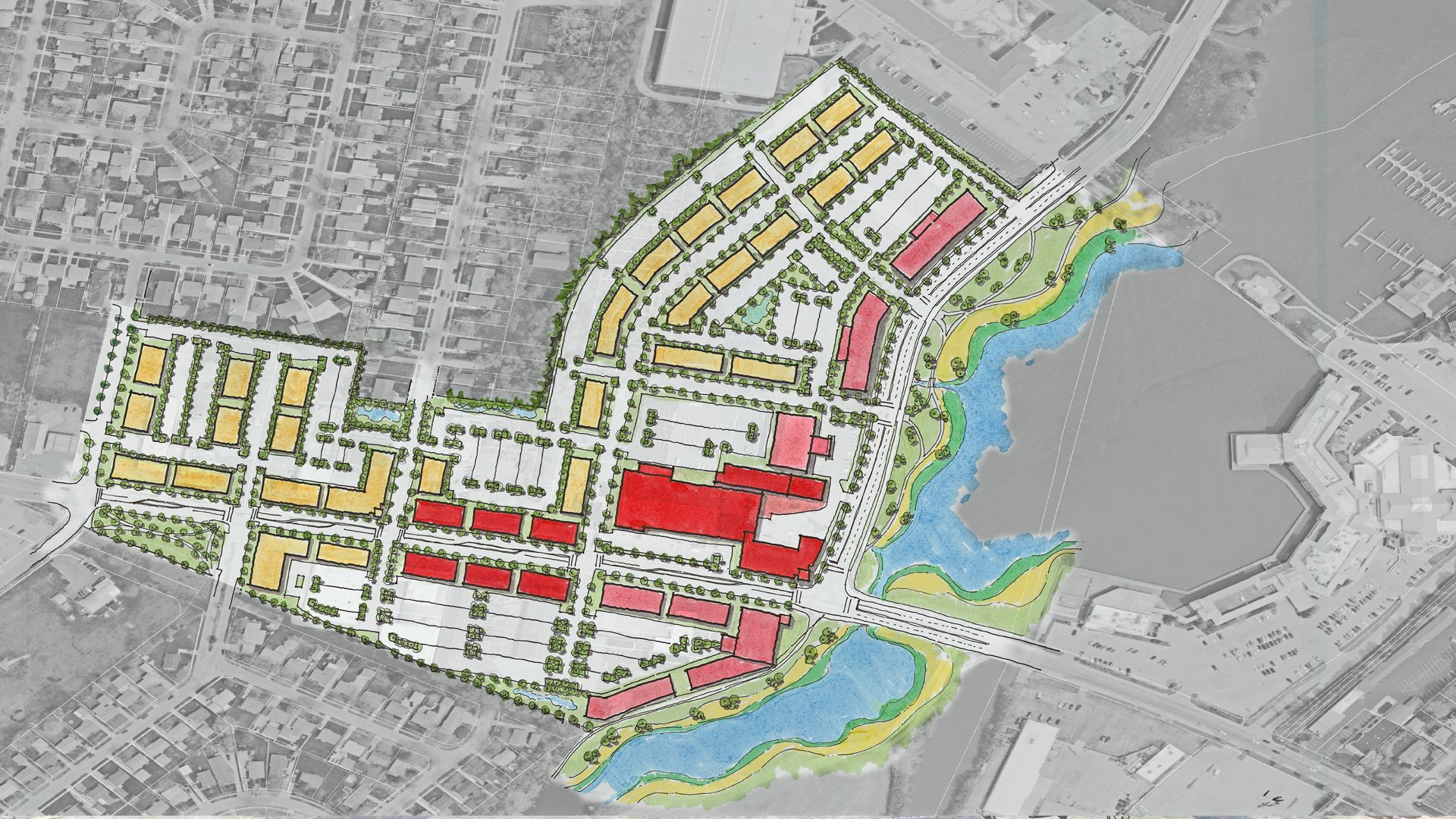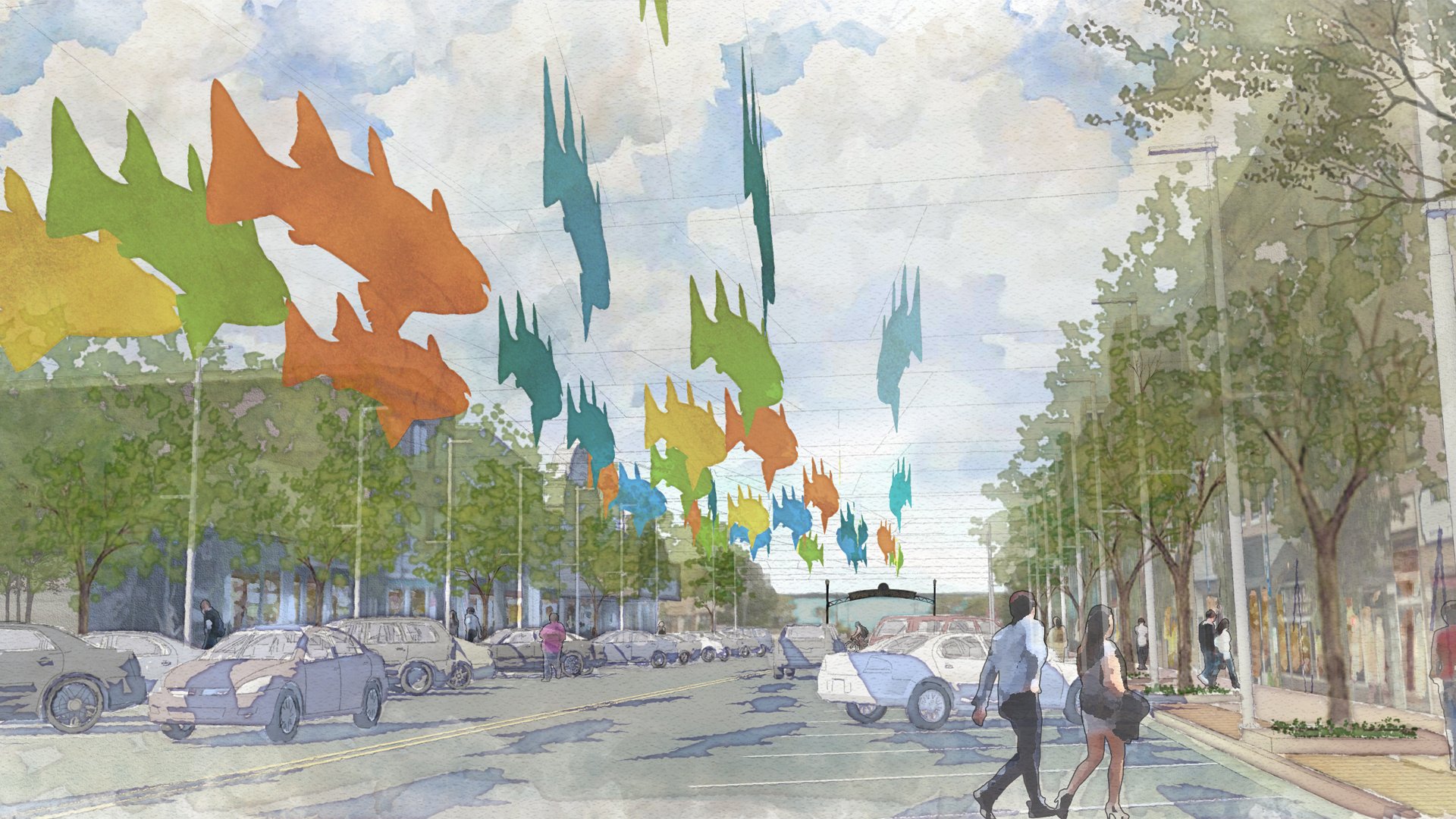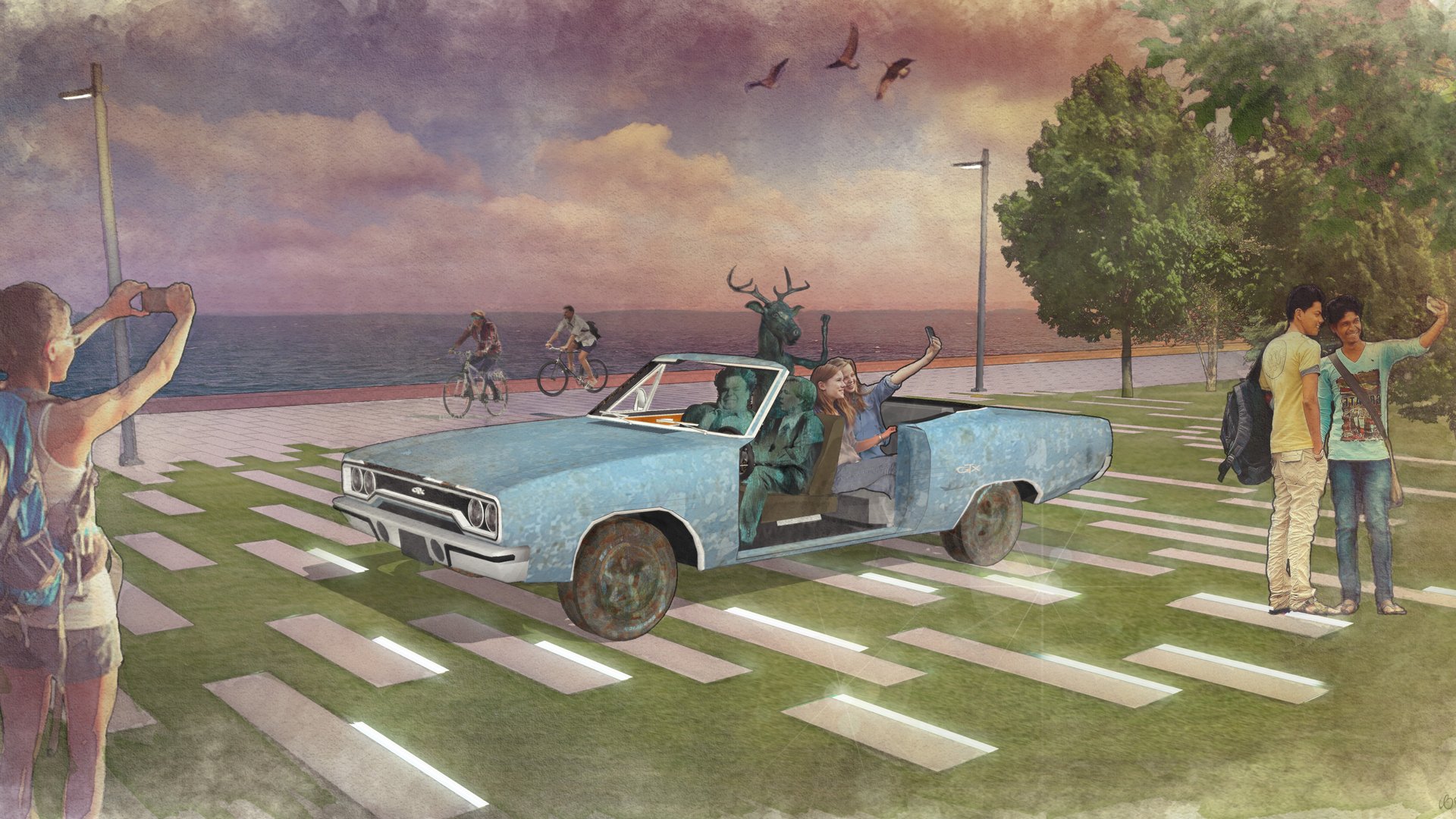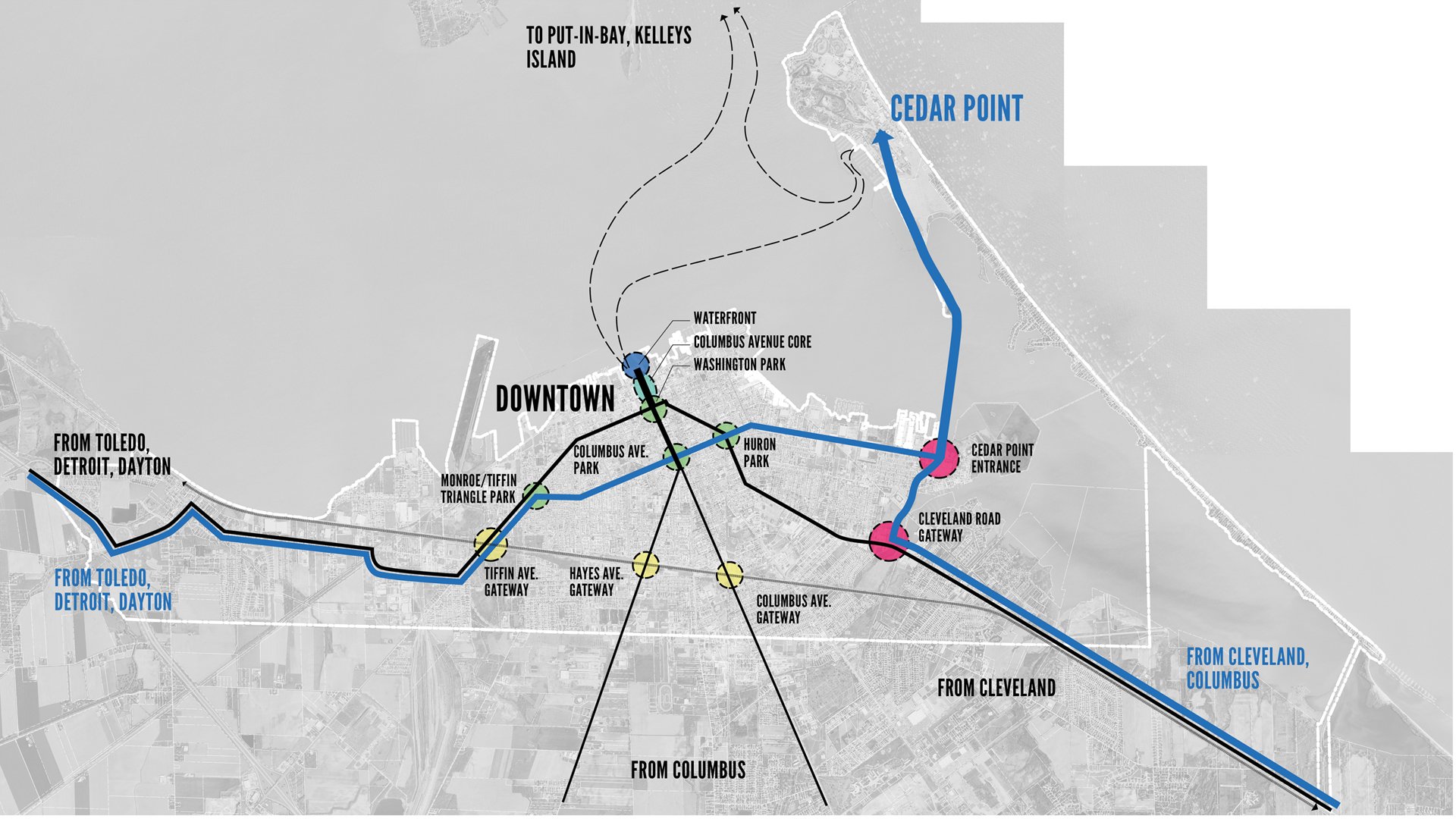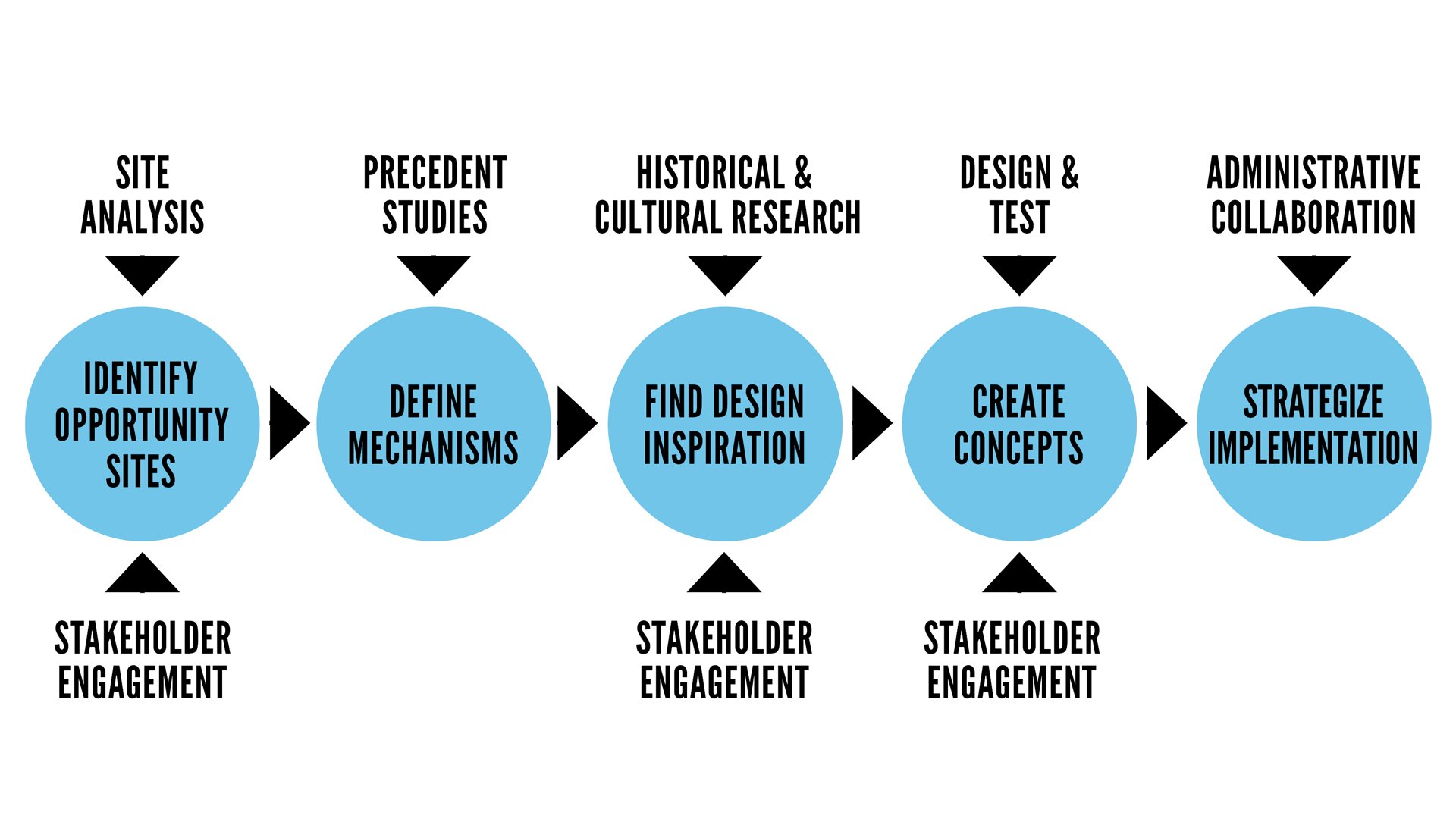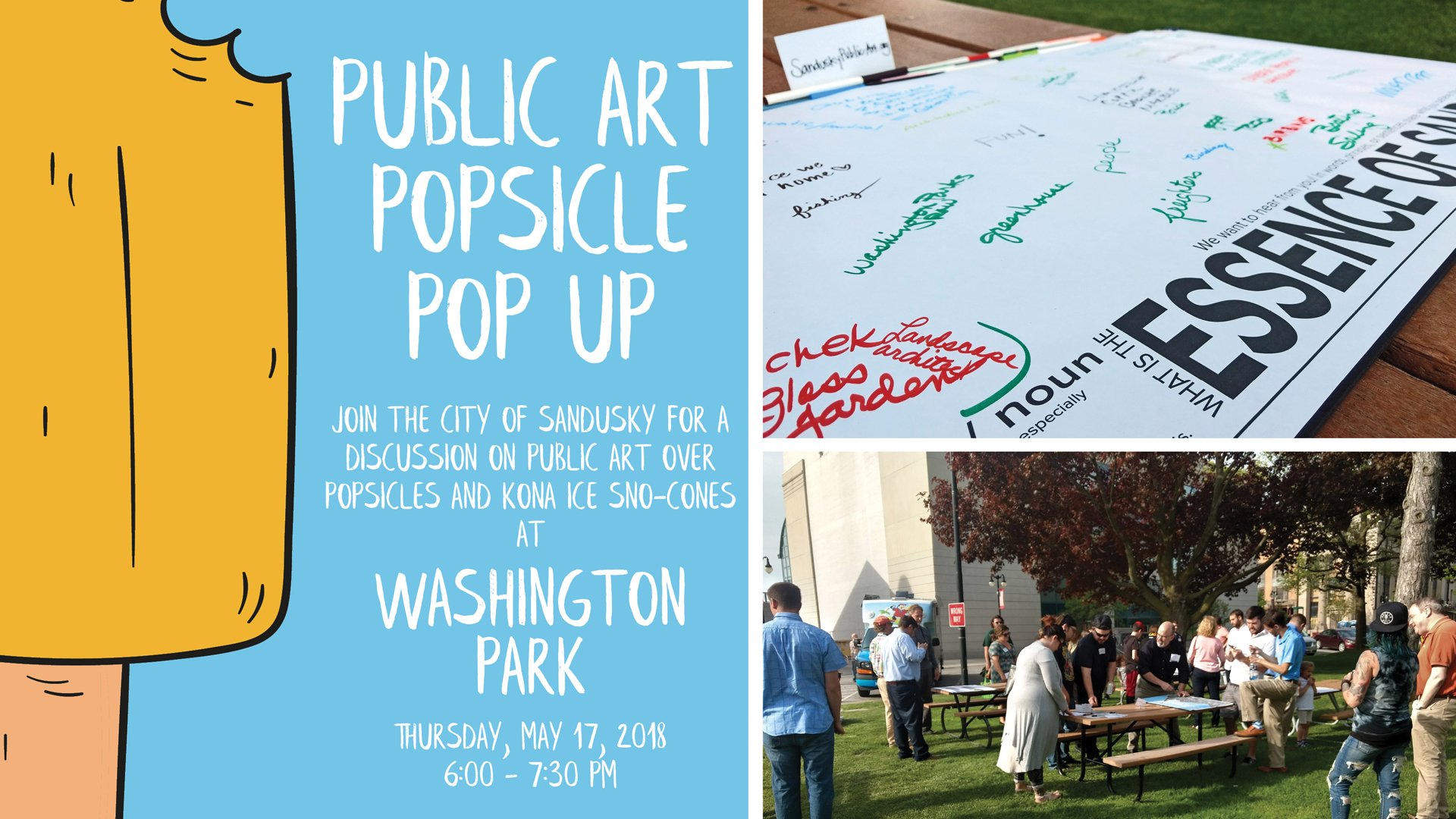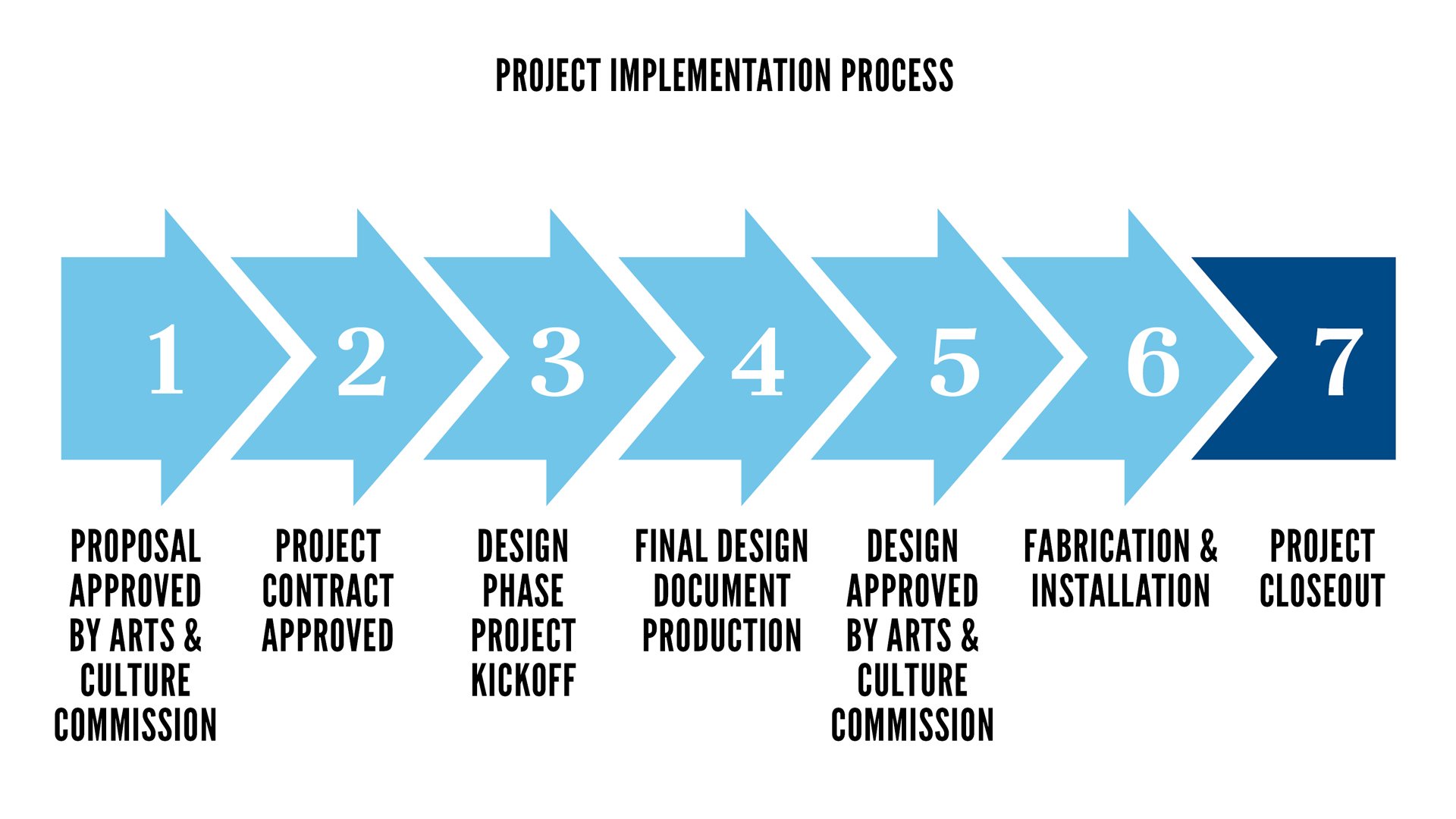Fairfield Town Center Placemaking Strategy
Fairfield, Ohio
WHY
The Fairfield Placemaking Strategy tackles the revitalization of the Fairfield Town Center. The Fairfield Placemaking Strategy was developed through a collaborative process involving community members, business owners, and local officials. The team conducted extensive research, including surveys, interviews, and site visits, to identify the unique assets and challenges of the Town Center.
HOW
Through the planning process Designing Local developed recommendations that focus on incorporating placemaking principles to cultivate a welcoming and lively atmosphere. This includes improvements to signage, pedestrian accessibility, and public spaces, along with considerations for infill development that aligns with the town’s brand identity.
WHAT
By implementing these suggestions, the Fairfield Town Center aspires to become a central point for commerce and a gathering place for residents of all ages and backgrounds. The plan was completed in April 2024. This project demonstrates Designing Local’s ability to provide a guide for transforming the area into the vibrant hub of the community.
Downtown Clyde Revitalization Plan
Clyde, Ohio
WHY
The City of Clyde has a historic Downtown area with numerous buildings and public spaces that contribute to the character of the city center. Recognizing the importance of a vibrant downtown to Clyde’s identity and economic well-being, this plan proposes a series of strategic initiatives aimed at boosting the area’s attractiveness and functionality.
HOW
The plan goes beyond aesthetics – it also explores strategies to attract new businesses, enhances existing public spaces, and cultivates a dynamic mix of retail, dining, and entertainment options. By ensuring a diverse and thriving downtown core, the plan aims to create a hub for community activity and economic growth.
WHAT
This comprehensive proposal provides a framework for Clyde residents to shape the future of their downtown. The plan encourages community participation, fostering a sense of ownership and ensuring the revitalization efforts reflect the unique character and aspirations of Clyde. By working together, this plan gives the community a vision for transforming downtown Clyde into a vibrant place that serves as a source of pride and a catalyst for further development.
Queen Creek Arts & Placemaking Plan
Queen Creek, Arizona
WHY
Queen Creek, located in the southeastern region of Arizona, has a rich and vibrant history that stretches back to its earliest inhabitants, the Hohokam people. The Downtown Queen Creek Art and Placemaking Plan aims to give the Town of Queen Creek the tools to transform the built environment of the Downtown area using public art and placemaking. Queen Creek is well known for its agricultural legacy that continues to the present day. Art and placemaking will continue to connect and celebrate that legacy, cementing the identity of the community in the eyes of residents and visitors.
HOW
Our vision is for public art and placemaking to transform Downtown Queen Creek into an interactive, unique, and vibrant community center. Art and placemaking features encourage residents and visitors to get out and explore the community on two feet or two wheels. These features create destinations and interest in the built environment. Queen Creek is well known for its agricultural legacy that continues to the present day. Art and placemaking could continue to connect and celebrate that legacy, cementing the identity of the community in the eyes of residents and visitors.
WHAT
The Arts and Placemaking Plan creates a vision for transforming Downtown Queen Creek into an interactive, unique, and vibrant community center. As many venues are outside of the Downtown Core, specific focus was on recommendations that contribute to Queen Creek's agritainment identity. Connect to and display our natural environment. As a community with a rich history but also a dynamic future, art and placemaking elements can build upon and deepen the story of Queen Creek for residents and visitors.
Belle Valley Revitalization Plan
Belle Valley, Ohio
WHY
Belle Valley is a village located directly on the alignment of I-77 and has a rich industrial history. Main Street is situated in the valley of West Fork Duck Creek and the village's housing and other buildings are built on the surrounding hillsides.
The community has an existing historic church that was recently listed on the National Register of Historic Places. The church has not been occupied for several decades and requires significant improvements. The Village desires to renovate the space for use as a community center and event space.
HOW
Building on the brand identity developed for neighboring Caldwell, Ohio, Designing Local worked with Village leadership to create a brand identity for Belle Valley that highlights the church as a community icon. This provided the starting point for various signage and placemaking features that will be implemented throughout the community.
WHAT
A key recommendation of the plan is a major streetscape improvement project that will add decorative lighting, site furnishings, and sidewalks. This project will also improve ADA Accessibility, traffic management, and stormwater drainage.
Buckeye Hills Regional Council Downtown Workshops
Buckeye Hills Region, Ohio
WHY
Following on the announcement of a historic $500 million investment in Appalachian Ohio by Governor DeWine's administration, Buckeye Hills Regional Council partnered with Designing Local to host a series of eight workshops aimed at helping communities reimagine their downtowns.
Buckeye Hills Regional Council and Designing Local are excited to help communities translate their vision into a unique, interesting, and powerful built environment through these workshop sessions.
HOW
The series was free and open to all Southeast Ohio community leaders, elected officials, nonprofits, and anyone working to make their community a better place to live, work and play. Each workshop covered the topics of Outdoor Recreation, Historic Preservation, Public Art, Streetscapes, Pedestrian Infrastructure, and more. Designing Local helped guide communities through the best practices of developing both small- and large-scale revitalization projects.
WHAT
Following the completion of the workshops Designing Local created a workbook intended to assist folks within the Buckeye Hills region to develop projects.
Ohio & Erie Canal Southern Descent NRHP Nomination
Various Sites Throughout Central And Southern Ohio
WHY
The Ohio & Erie Canal was originally constructed in the 1820’s and 1830’s and conveyed goods from Portsmouth to Cleveland. The canal system played a critical role in the early development of Ohio and established the growth of Akron, Columbus, Chillicothe, Newark, and numerous other cities along the route. The canal system was the key transportation system up until the proliferation of railroads in the 1860’s.
Although parts of the canal are on the national register, much of the southern portion is not. This nomination covers many of the lock structures and other remaining infrastructure that remain on the southern descent between Columbus and Portsmouth.
HOW
The nomination team aggregated a list of potential infrastructure to be placed on the register and contacted private property owners or municipalities to seek support. The final list includes existing lock structures, watered canals, bridge abutments, and other elements that are located in 4 counties throughout Central and Southern Ohio.
Identifying the location for each of the elements included field visits and the use of high resolution aerial photography. A boundary was created for each element which will serve as the official historic site on the National Register of Historic Places.
WHAT
Given its geographic reach and broad collection of relatively small sites, this nomination was technically challenging. However, it serves as a model for other non-contiguous district nominations that preserve transportation, infrastructure, or other geographically complex historic sites.
Ohio & Erie Canal Southern Descent Heritage Trail
Various Sites Throughout Central And Southern Ohio
WHY
The Canal Partners is a coalition of communities in Southern Ohio along the alignment of the Southern Descent of the Ohio & Erie Canal. These communities have existing and lost features of the canal, as well as numerous related historical elements.
The goal of the Canal Partners is to create a heritage trail that will attract tourists throughout the corridor and to communicate the history of the canal system to a broad audience.
HOW
This grant-funded project included several team members including the project leaders, a graphic design consultant, the partner communities, and Designing Local.
The first phase process included engagement of the Canal Partners through workshops and a survey. This phase also included mapping of the resources and other sites along the trail. Once this was completed, a highly visual plan booklet of the sites was created which included descriptions of the various elements as well as a prototype trailhead design. Part of the project study will included bike and pedestrian trail connections to the canal right-of-way.
WHAT
The end product is being used by the partner communities in their planning and capital improvement projects for the next several years. The mapping will be used by tourists to experience the canal features. The project was completed in summer 2021.
Sullivant Bright Public Art & Parklet Project
Columbus, Ohio
WHY
Sullivant Avenue is a place of authentic creativity, featuring a prominent mural and numerous custom signs. The Sullivant Bright Public Art Project is part of a larger $10 million rehabilitation project (2% of which is devoted to public art) that began in May 2020. It used public art to elevate the corridor and creatively showcase where future infrastructure improvements would be installed.
HOW
As project engineers evaluated a 1.9-mile corridor along Sullivant Avenue for necessary pedestrian upgrades, Designing Local considered public art and placemaking opportunities along the corridor, particularly where public art or a placemaking intervention could support a safer pedestrian environment. Twenty-one artists were tapped to create temporary public art installations that wowed the neighborhood with their bold, colorful designs.
WHAT
This project demonstrates the firm’s abilities to provide strategic direction for placemaking and land use issues as well as the firm’s capabilities to both develop and communicate creative concepts which contribute to community safety and sense of place.
Sidewalk bump-outs and pedestrian refuge islands were constructed to shorten the distance to cross the street, make pedestrians more visible, and help to slow driver speeds. Data collected after implementation shows that crashes decreased by approximately 50%, and extreme speeding (50+ mph) was reduced by as much as 92%.
SULLIVANT BRIGHT ARTISTS
April Sunami, Bryant Anthony, Dillon Beck, Francesca Miller, Grace Grudowski, Jen Wrubles, Jeremy Hollan with CRIS artists, Katie Golonka, Mark Barkzak, Nick Stull, Liz Morrison, Robert Williams, Stephanie Rond, Amy Haggard, Sarah Hout, Barbara Fant, Nancy Kangas, Amy Turn Sharp, Geoff Anderson, Tripp Fontane, Lisa Mclymont. Photography by Abby Kamagate. Video Production by Aaron Blevins.
Downtown Caldwell Revitalization Plan
Caldwell, Ohio
WHY
Downtown Caldwell was recently listed on the National Register of Historic Places, and is now working toward a renaissance. With numerous local businesses and an assortment of beautiful historic buildings, Caldwell is ready to be a thriving center for both local residents and tourists. This plan builds upon the village’s momentum to create a number of recommendations for community branding, historic preservation development, placemaking, wayfinding, access to recreational facilities, and other improvements.
HOW
Designing Local first worked with village leadership to develop a brand identity for Caldwell. We then made a number of recommendations for relatively low-cost, high-impact placemaking opportunities, including a courthouse square light canopy, unique signage, historically appropriate site furnishings, and locations for public art. Working with our project architect, Designing Local also created a historic preservation recommendations for one of the most visible buildings in downtown, which included a strategy for attaining a Historic Tax Credit to make the project financially viable.
WHAT
The project plan was completed in Spring 2022. The new brand identity was immediately implemented, and the various project recommendations will be submitted as appropriate for federal stimulus and infrastructure funds.
Moline Public Art & Placemaking Plan
Moline, Illinois
WHY
The City of Moline, Illinois is a Quad City bordered by the Mississippi River. As the gateway to the East, the city understands the value of first impressions, which is why it set out to develop its first-ever Public Art Master Plan. The plan focused on downtown Moline and supported numerous other planning initiatives advancing redevelopment of the city center.
HOW
Designing Local hosted a robust public engagement program despite the global pandemic. A series of stakeholder meetings and focus groups were held with various organizations and community leaders. Students from Augustana College and Black Hawk College participated in virtual public events called ‘Walkabout Talkabout Public Art’, during which they were asked to consider seven different types of sites and how public art could impact them.
WHAT
The Moline Public Art Master Plan was adopted in 2021 and continues to influence public art policy and programs in the city.
Cape May County Creative Placemaking Plan
Cape May, New Jersey
WHY
In 1989, Cape May County initiated a taxpayer-funded program to purchase or protect open space and farmland throughout the County. The program proved successful and was eventually expanded to include funding of parks, recreational amenities, and historic preservation projects. While the program has been extremely successful in meeting its mission, it has relatively low public recognition.
HOW
To build awareness of the program and to increase the quality of funded projects, the County initiated a Creative Placemaking Plan which created a brand identity, standards for park design elements and amenities, and a demonstration site design. Designing Local was selected through a competitive process to lead the creative placemaking plan. The team facilitated four total workshops to garner input from key stakeholders and to develop and test ideas.
WHAT
A key part of the process was the creation of a community character framework which defines the unique sense of place present in Cape May County. This was utilized to drive the creation of the brand identity guidelines. The community character framework was also utilized in the design of various signage, site amenity, and architectural concepts throughout the County.
Sandusky Public Art & Placemaking Plan
Sandusky, Ohio
WHY
The City of Sandusky is a hidden gem that is seeing significant new investment and cutting-edge planning. Sensing an opportunity to increase attachment to place and draw new tourists, city leaders passed a public art ordinance in January 2018 that guarantees funding for public art through a 1% allocation of their general fund. To ensure they invested the newly earmarked public art dollars responsibly, the city set out to develop a Public Art and Placemaking Plan. The plan directs spending to high-priority projects and creates the infrastructure necessary to administer a robust public art program.
HOW
Designing Local organized a public art popsicle pop-up to kick off the planning process, at which participants were asked their vision for public art in the city and to think about potential transformative projects. The team hosted several additional meetings to co-create ideas for the City’s first projects. In addition to developing placemaking strategies, the team trained Sandusky’s newly formed Public Art and Cultural Commission on procurement processes for public art, collection management and maintenance, and donations.
WHAT
The Sandusky Public Art and Placemaking Plan inspires elected officials to create public art strategies that are uniquely Sandusky. With an efficient and effective process for public art, the city now has the tools to ensure a successful program well into the future.
